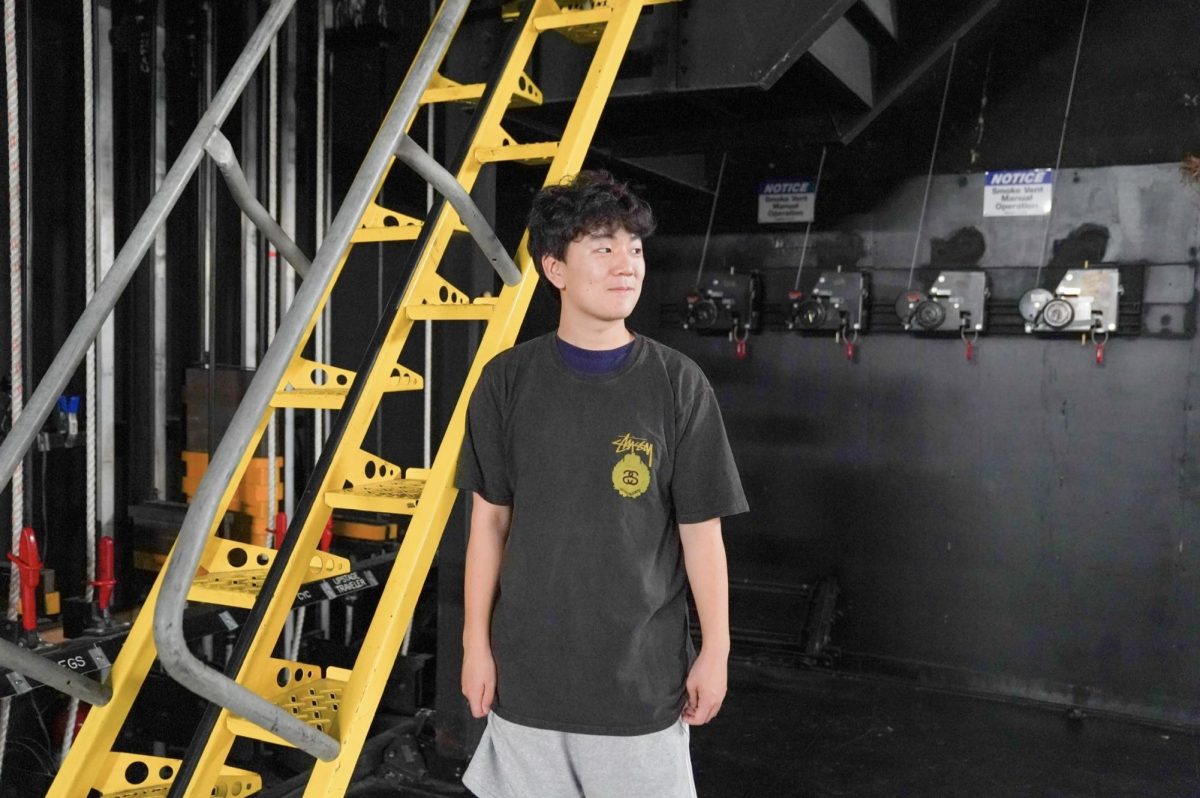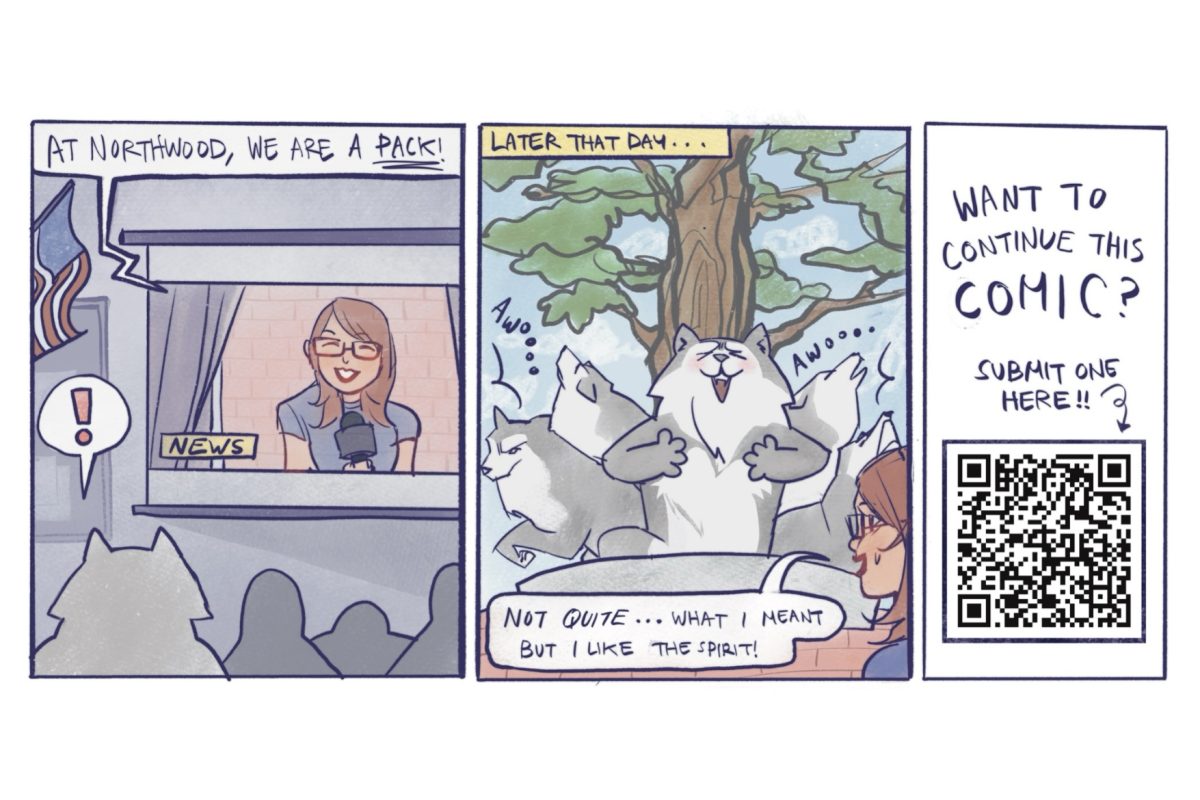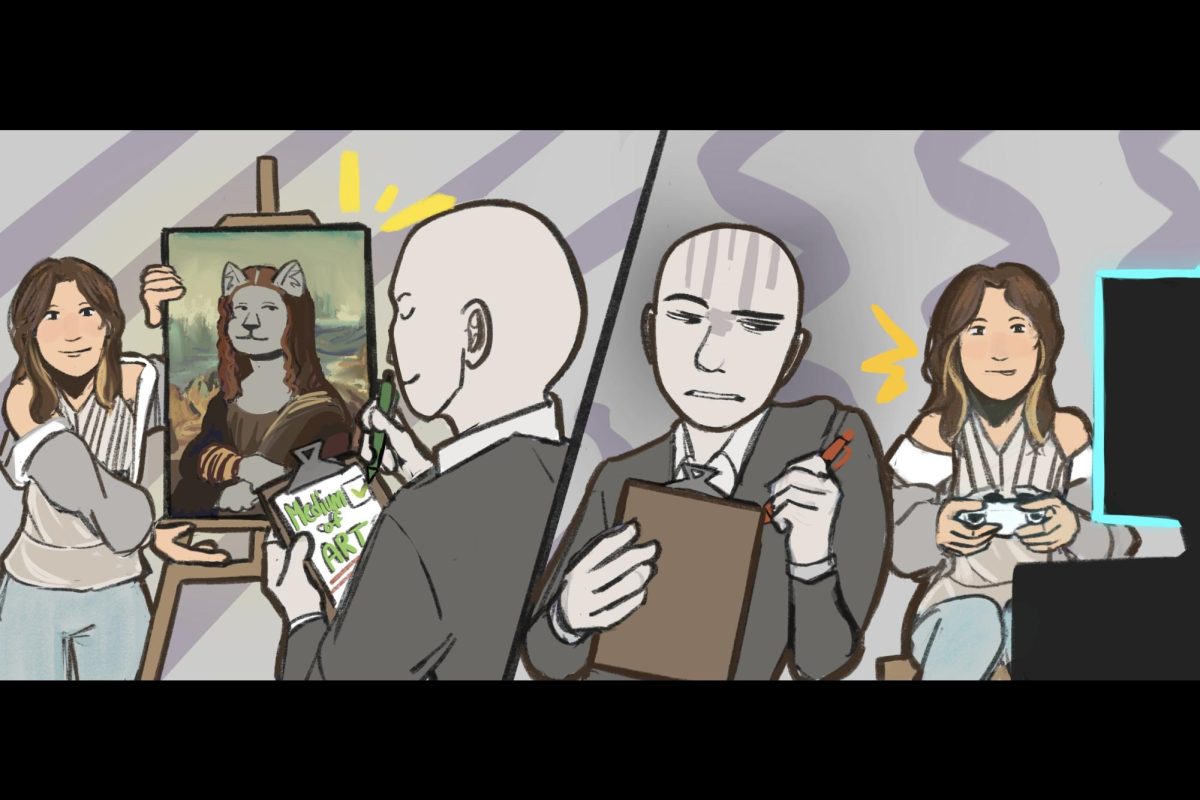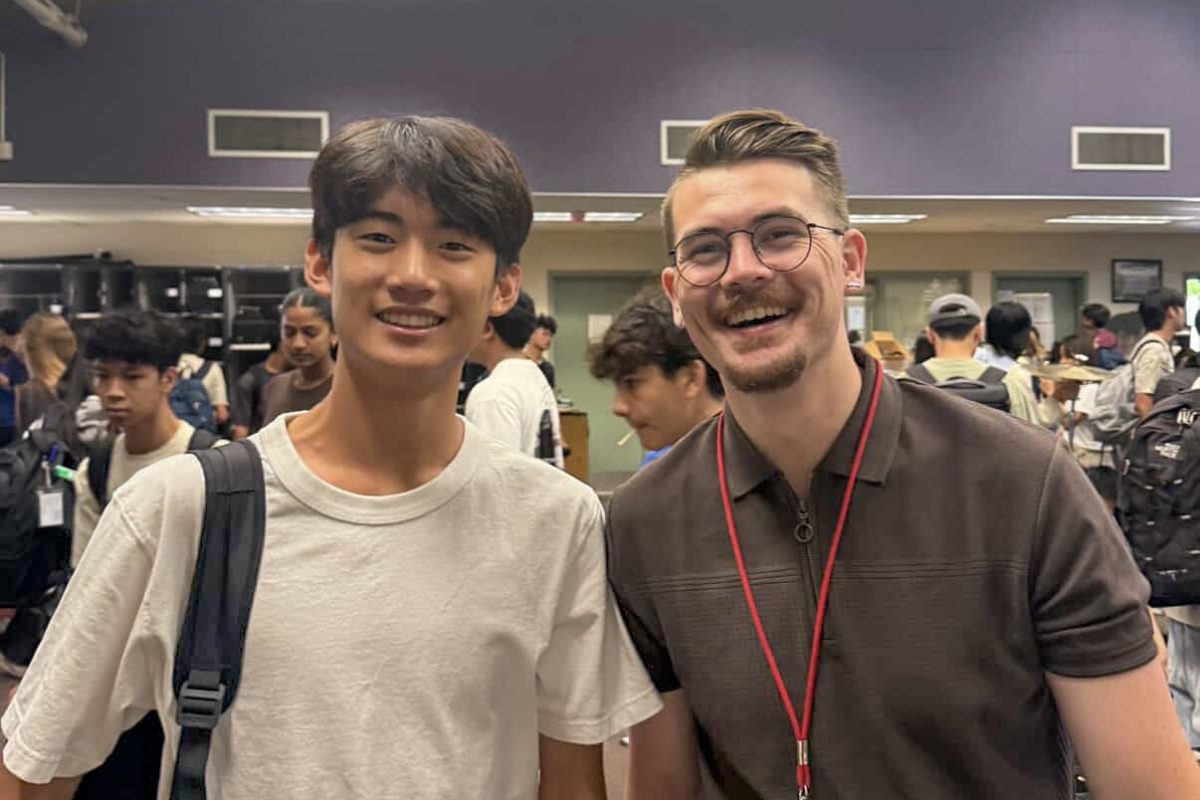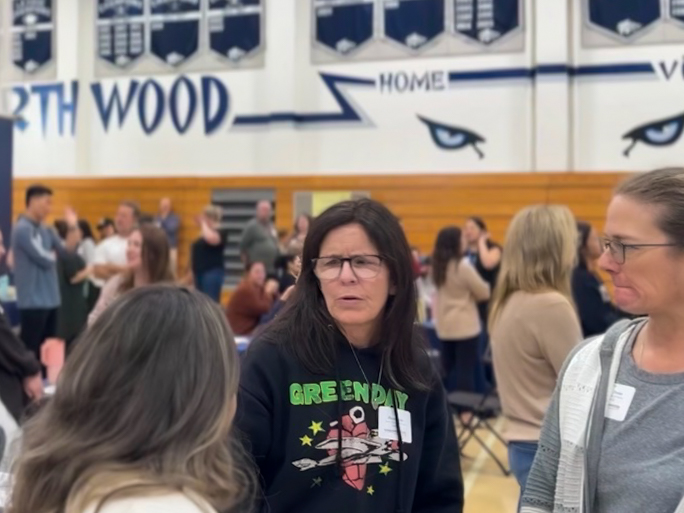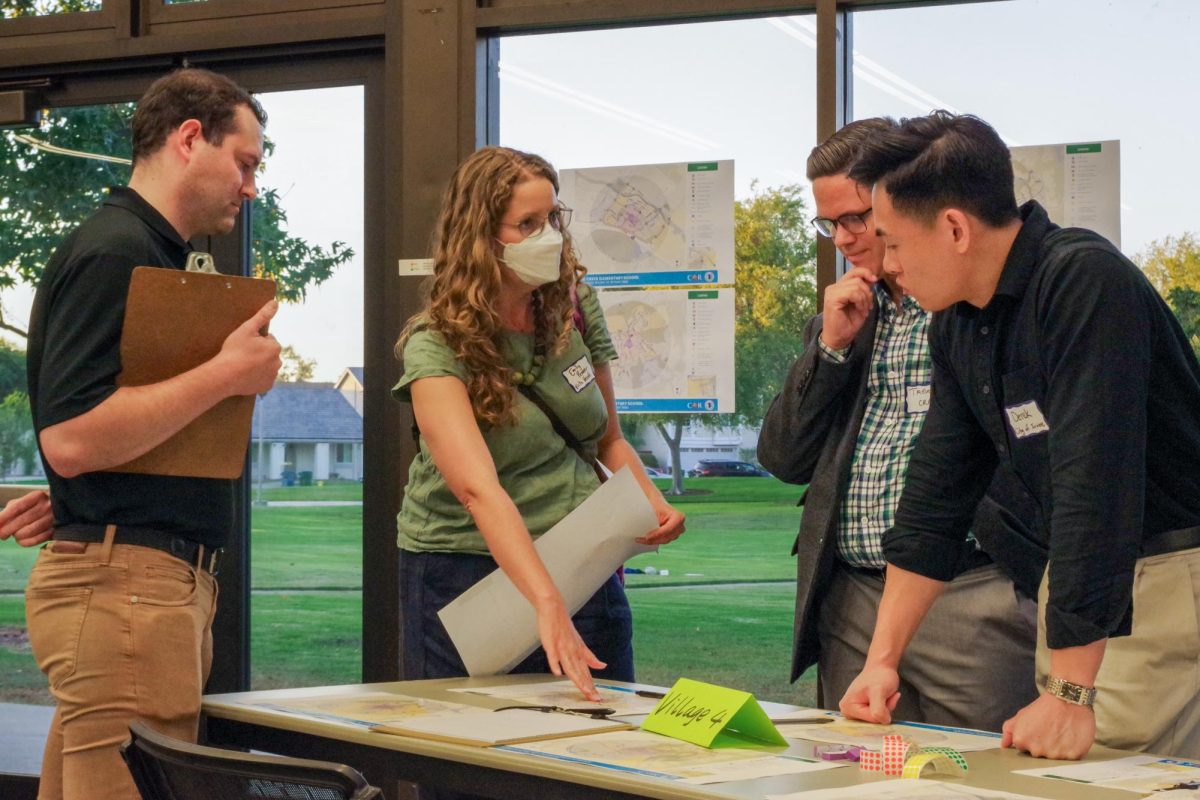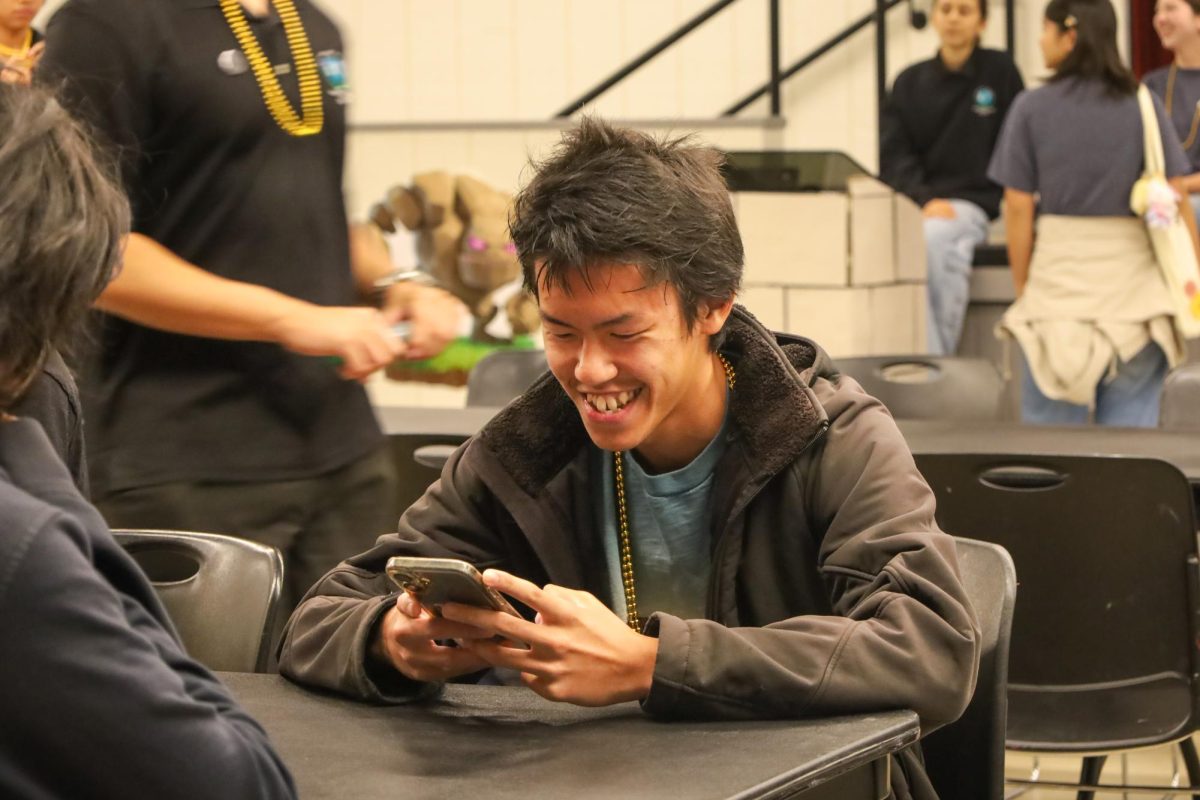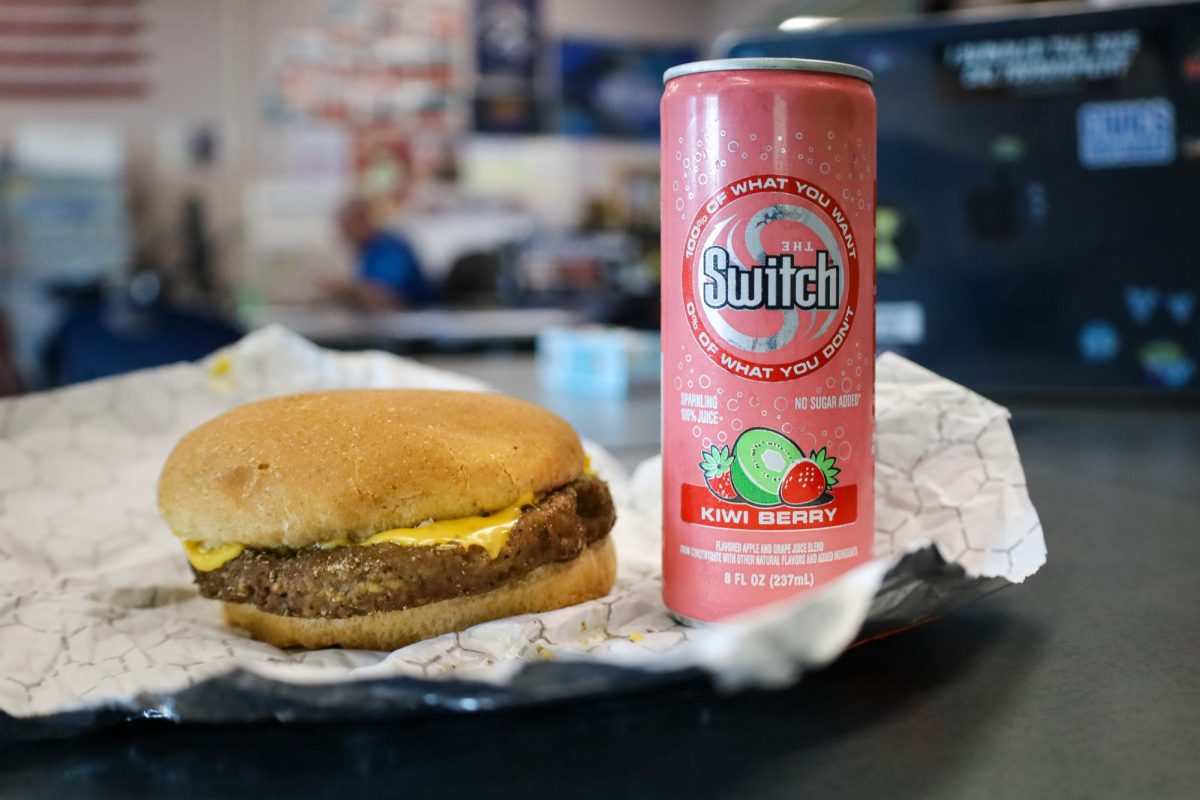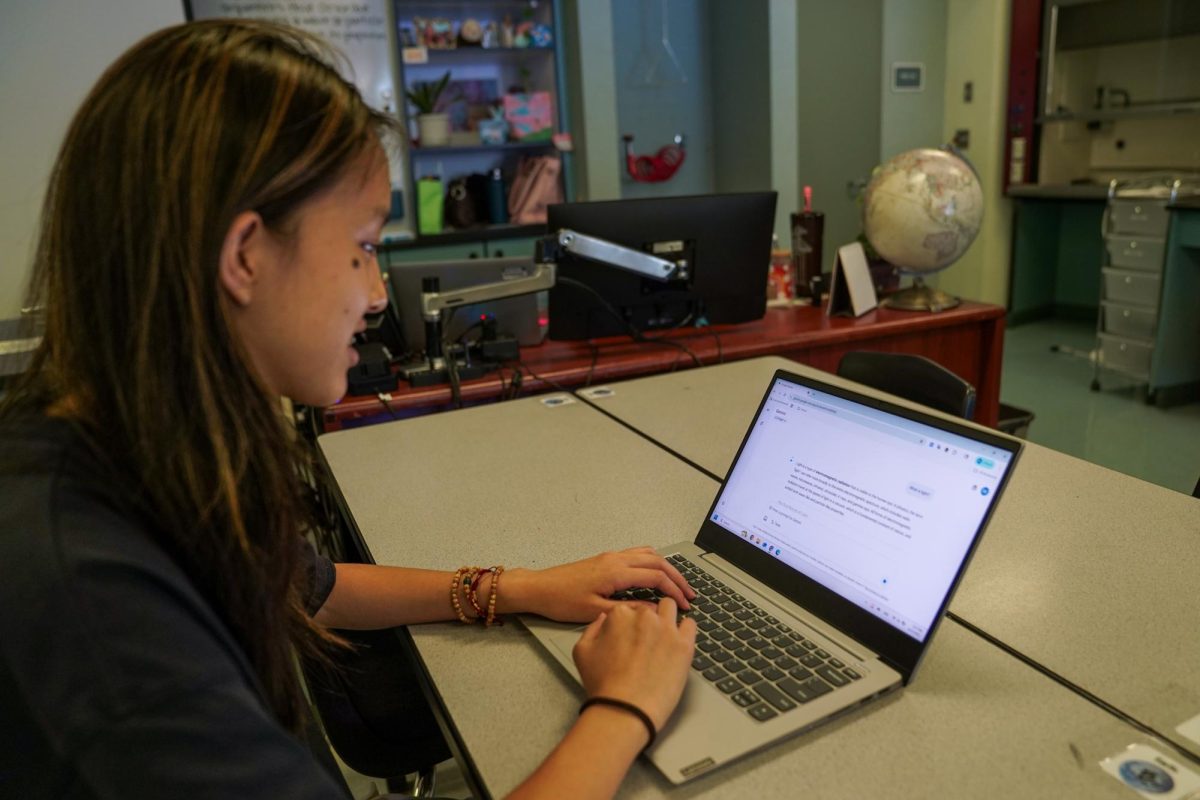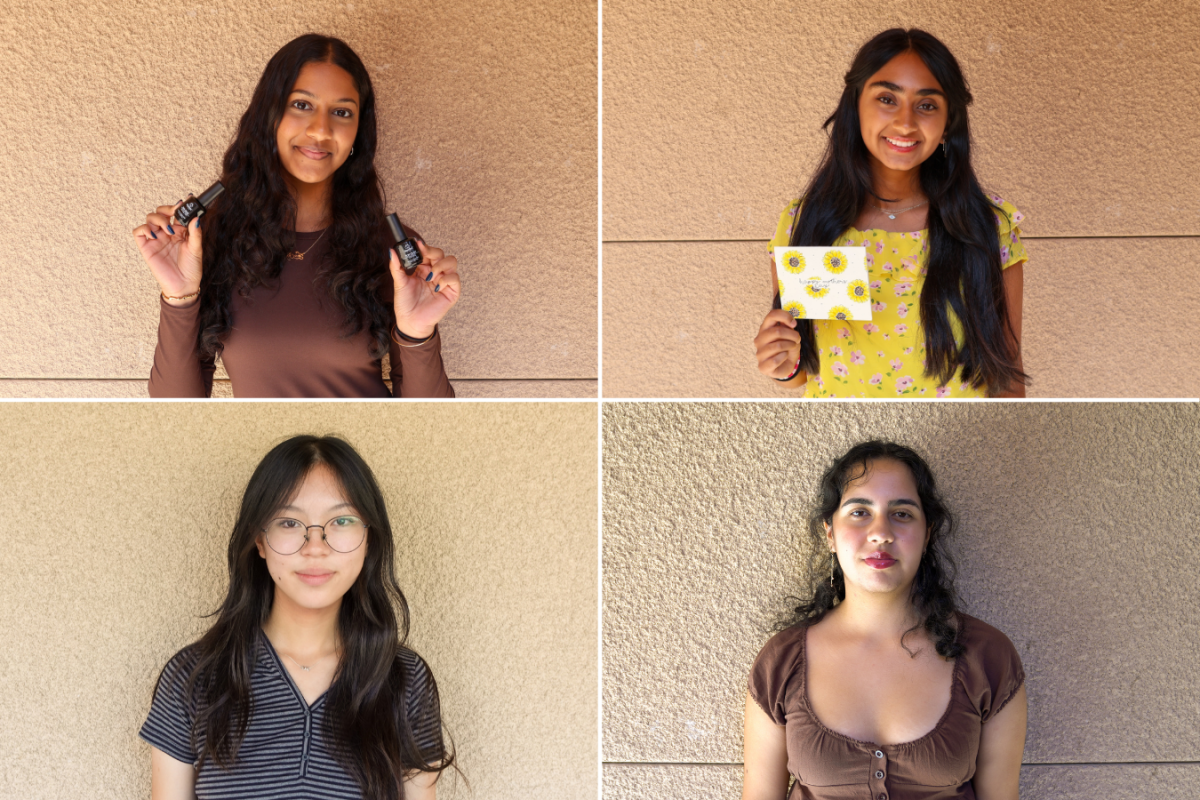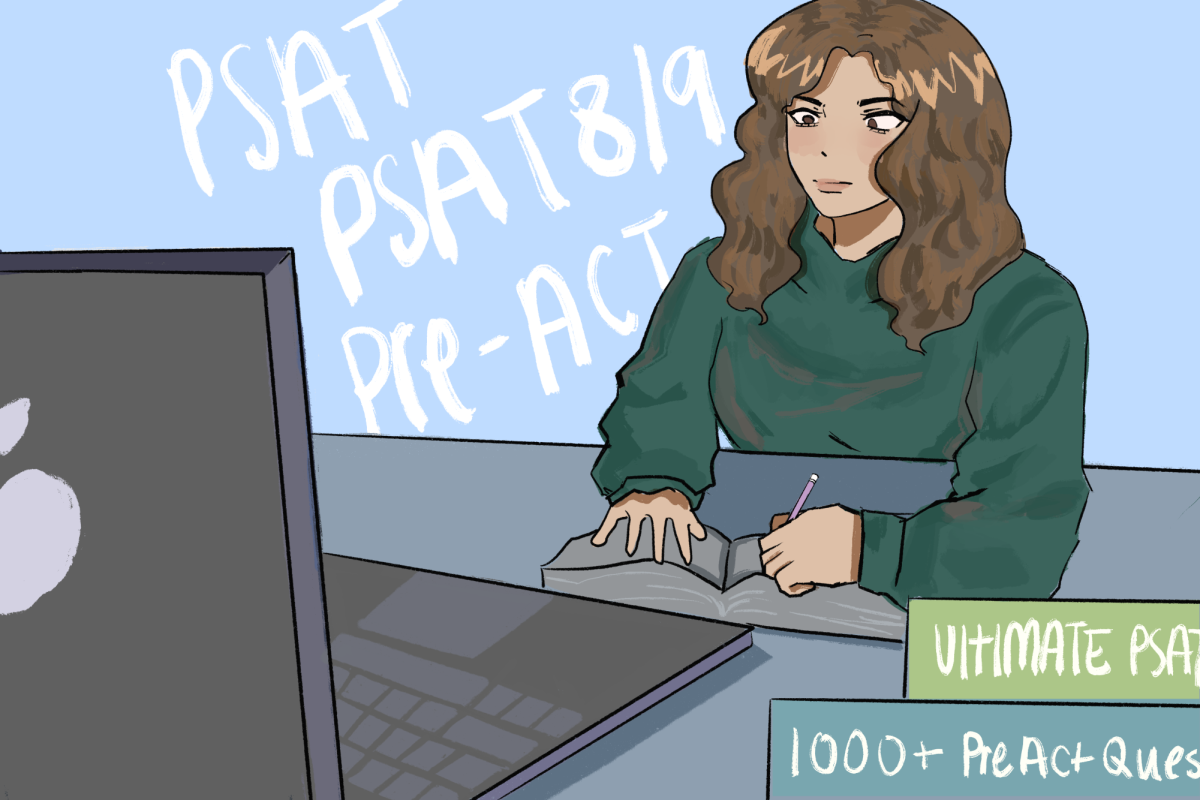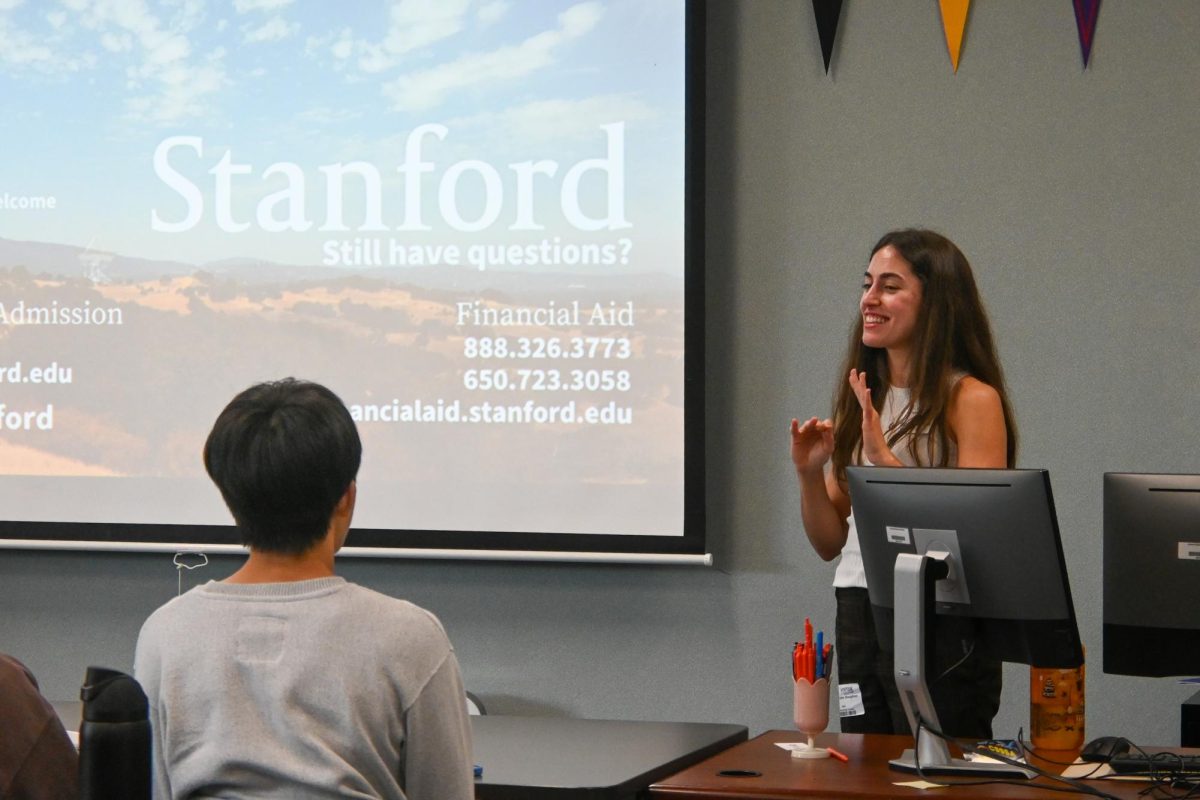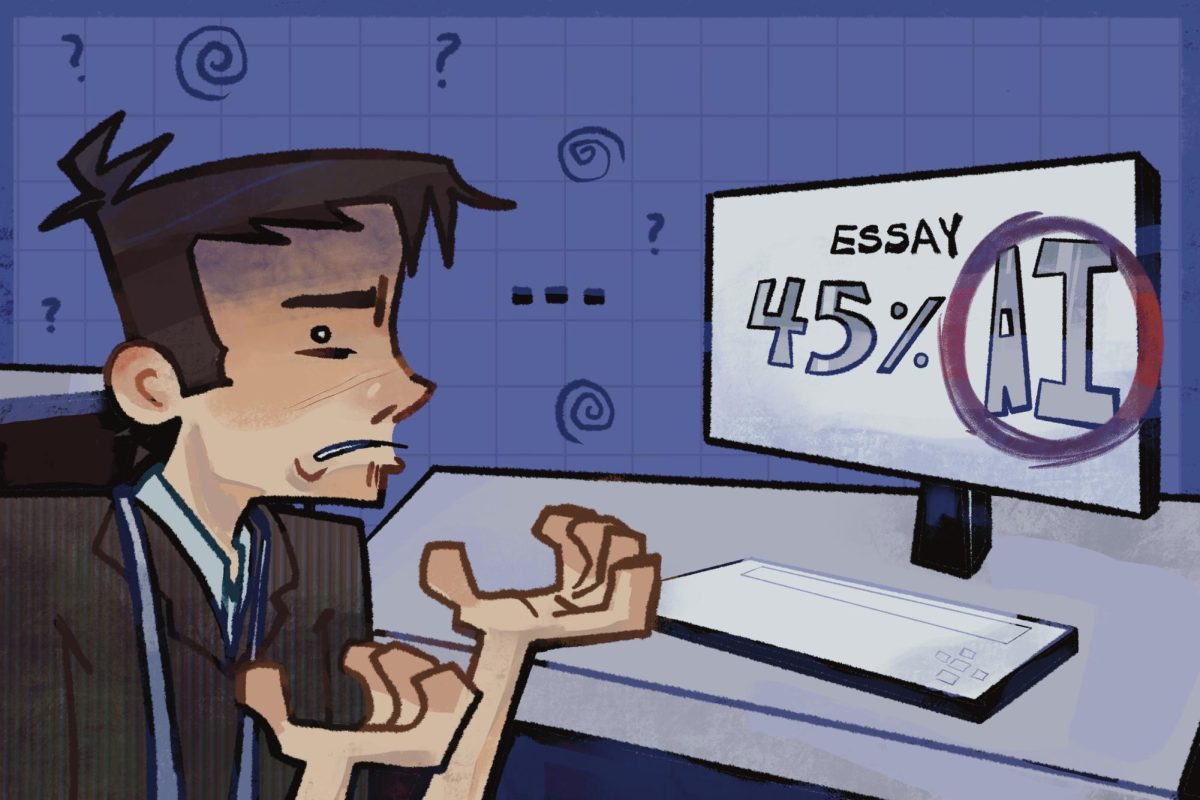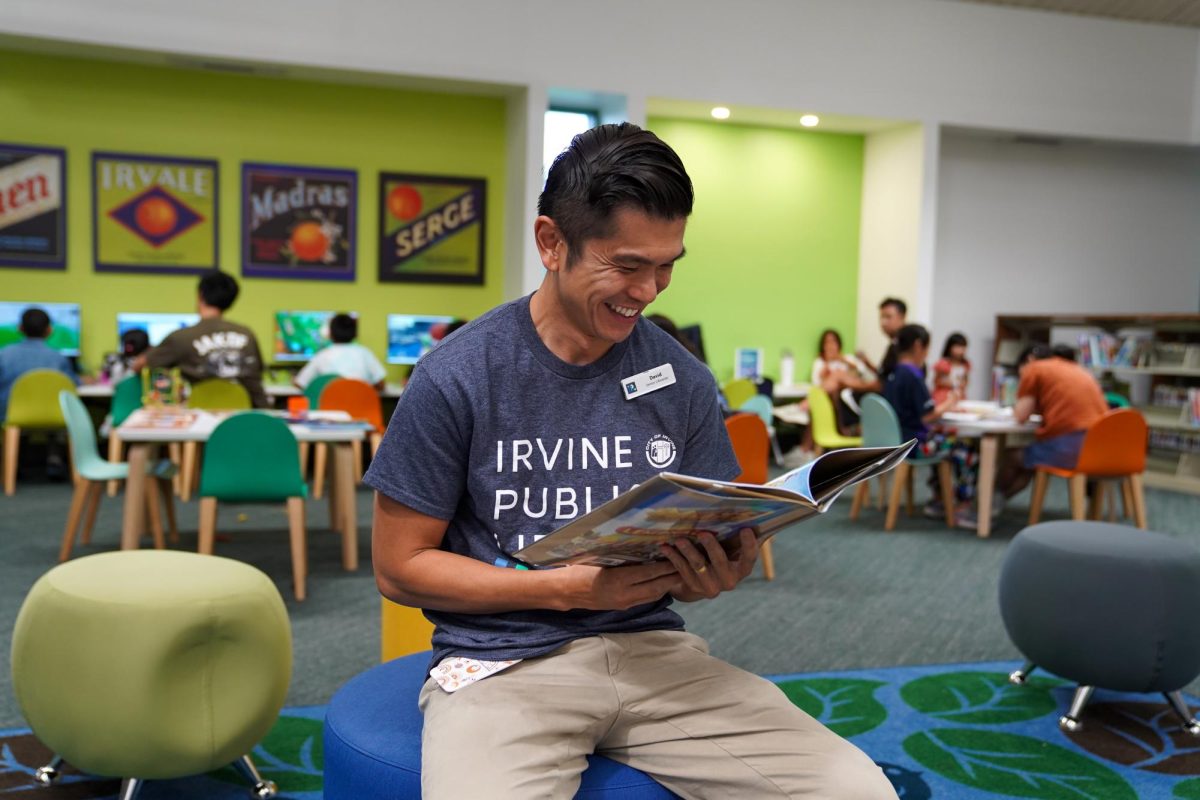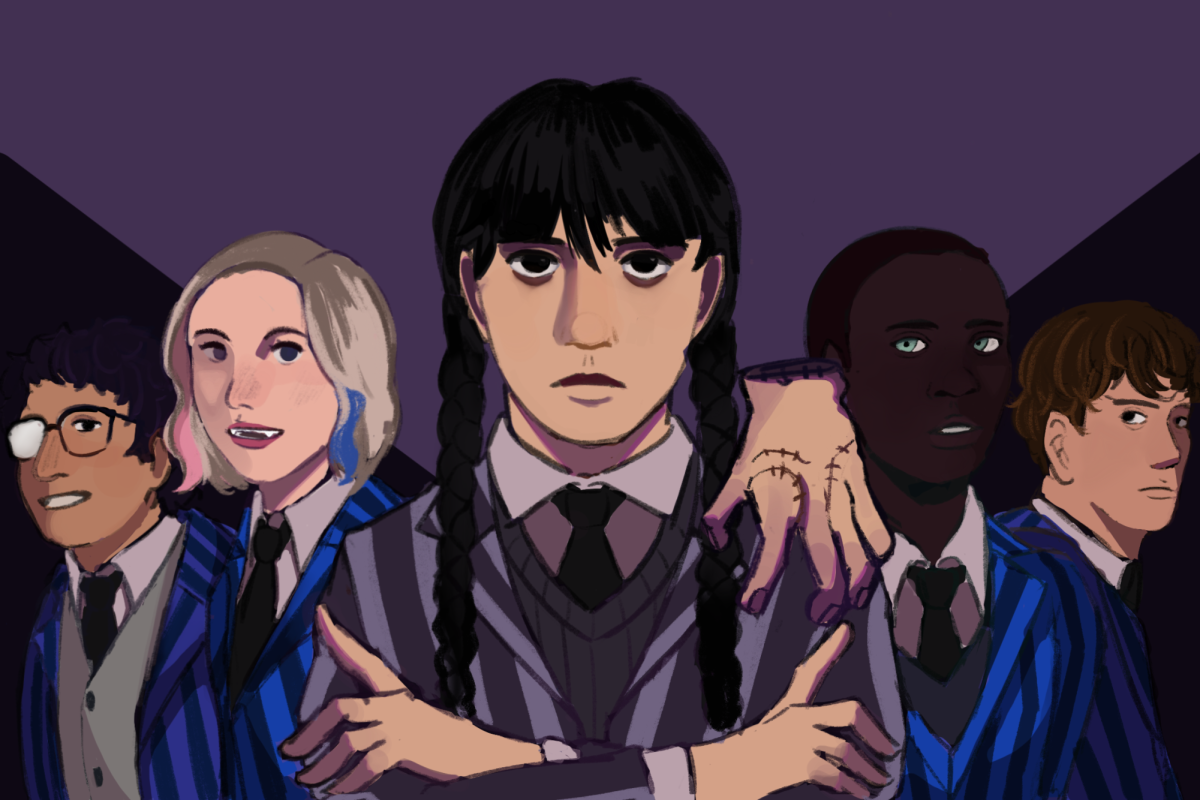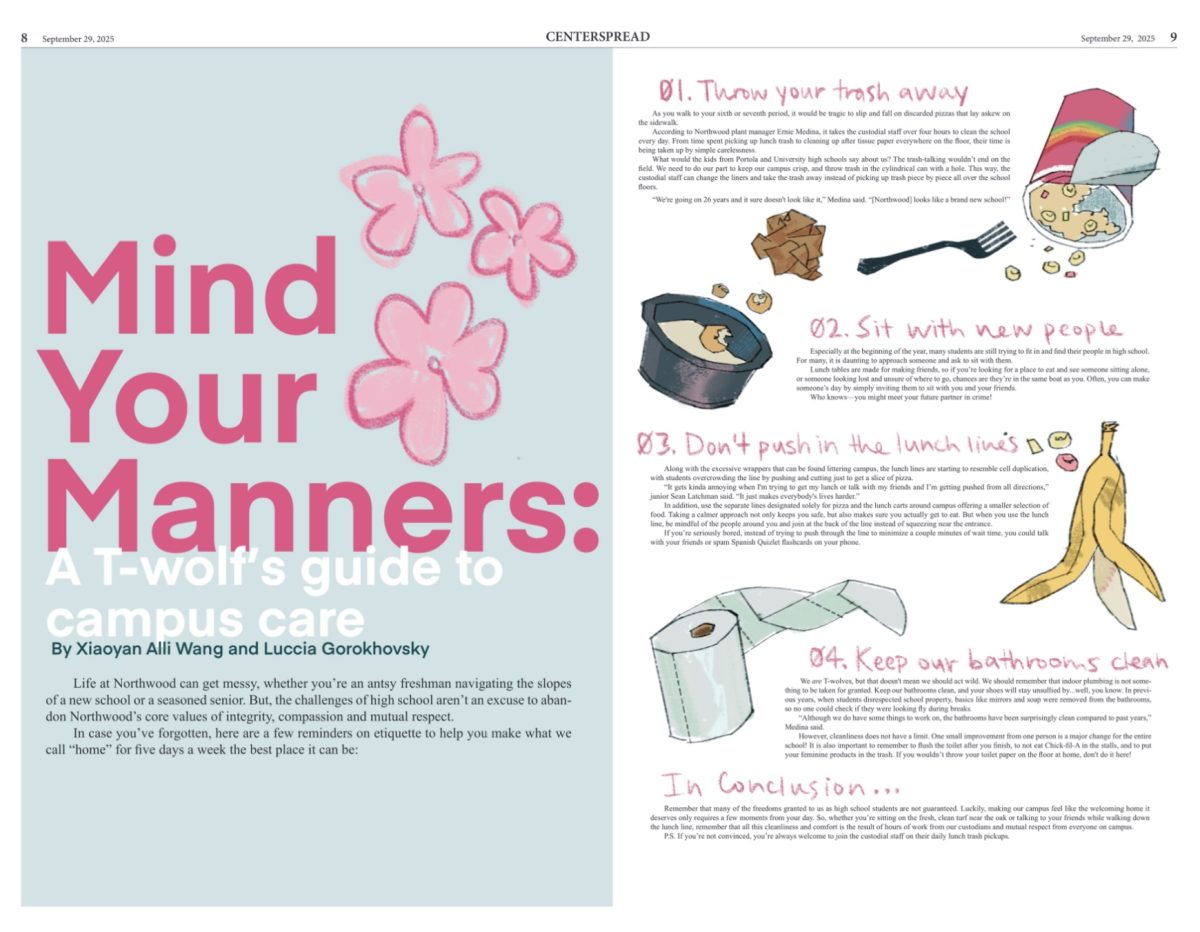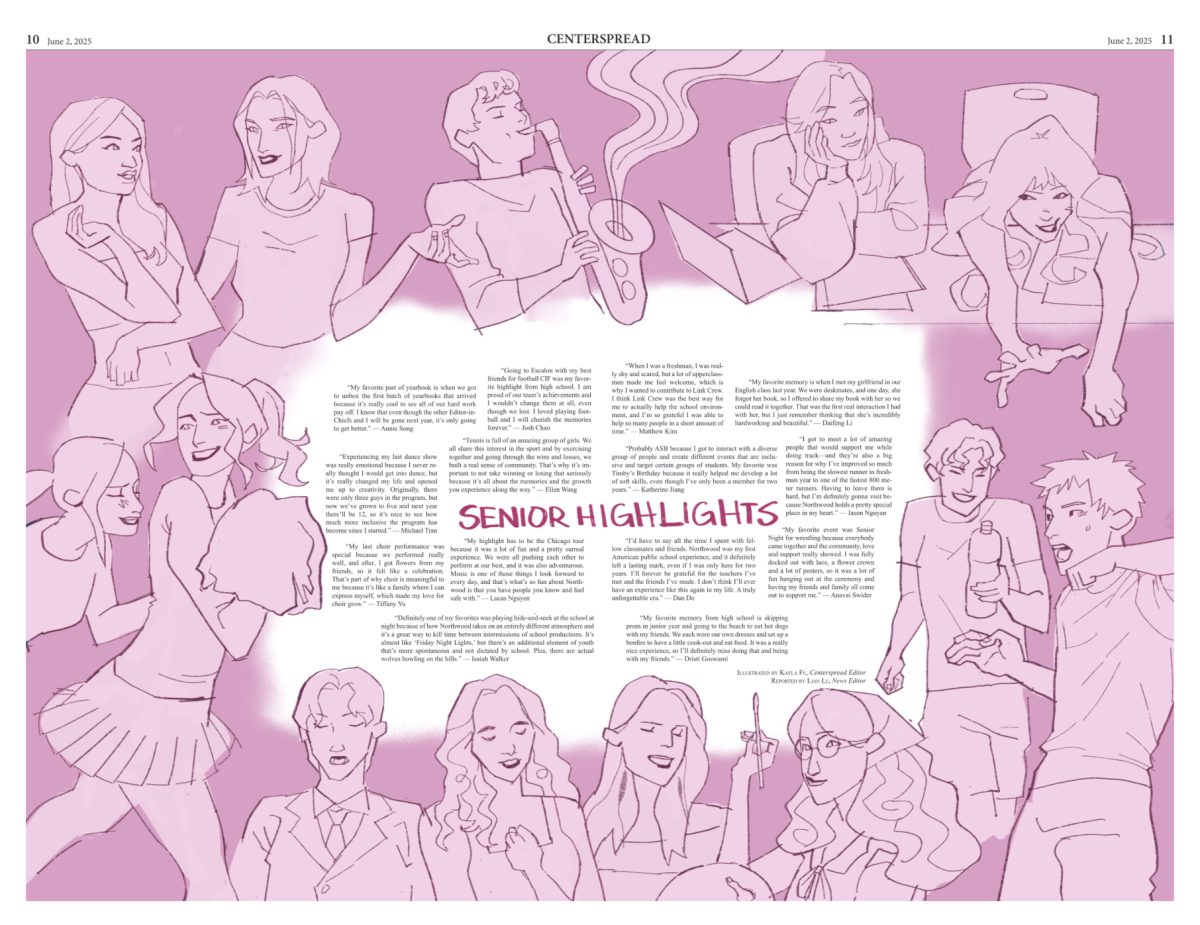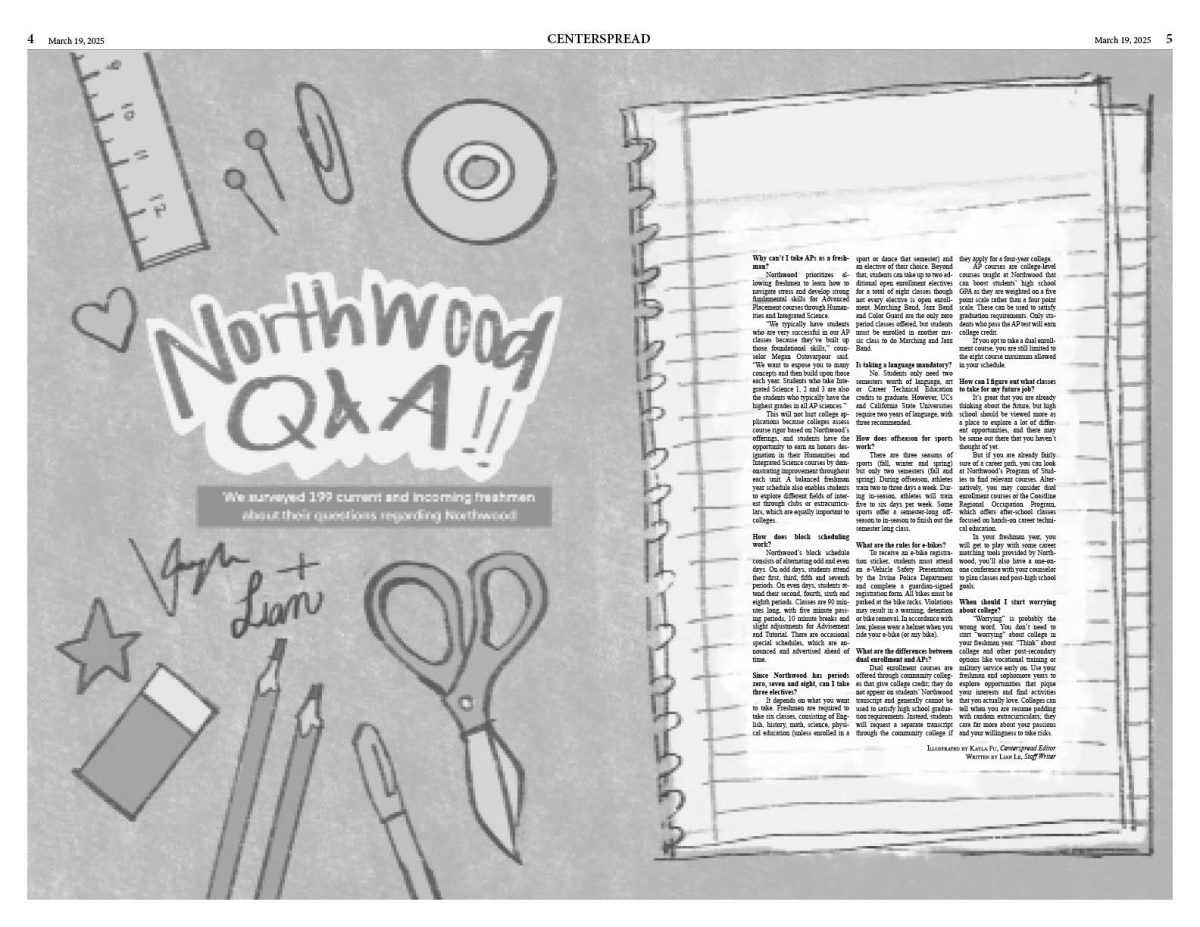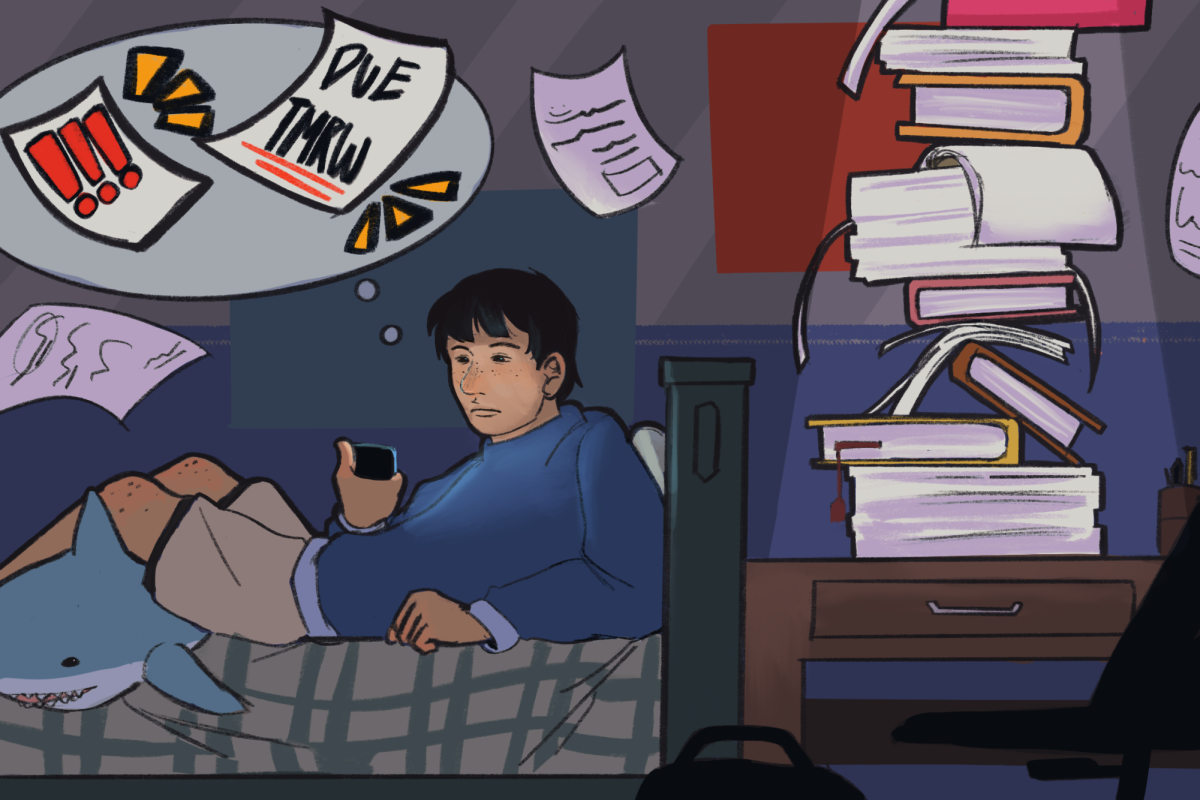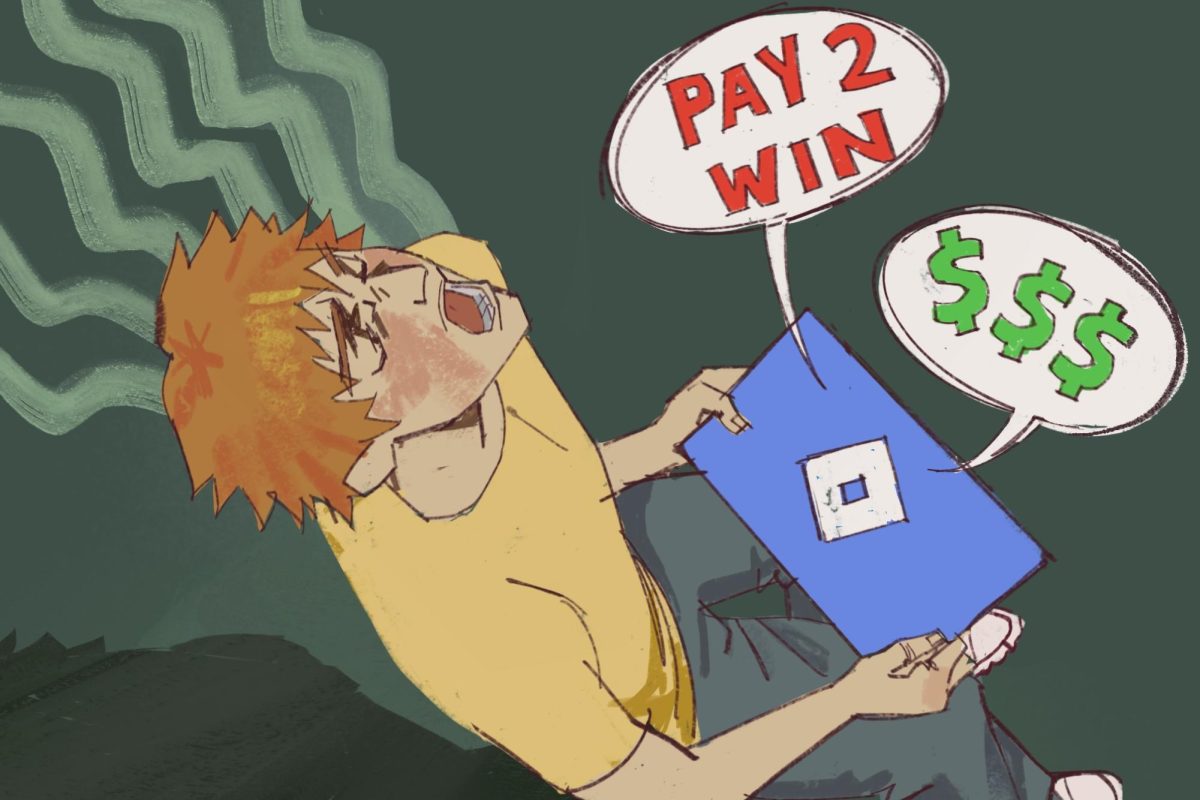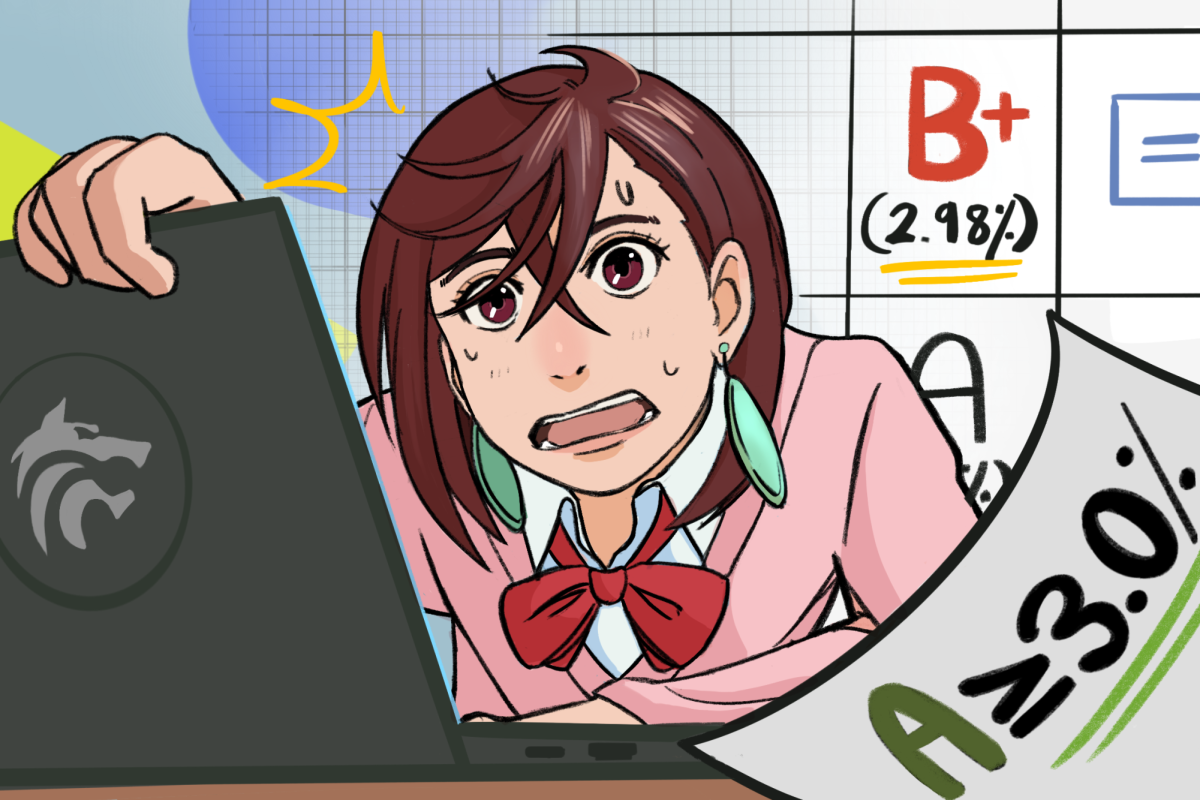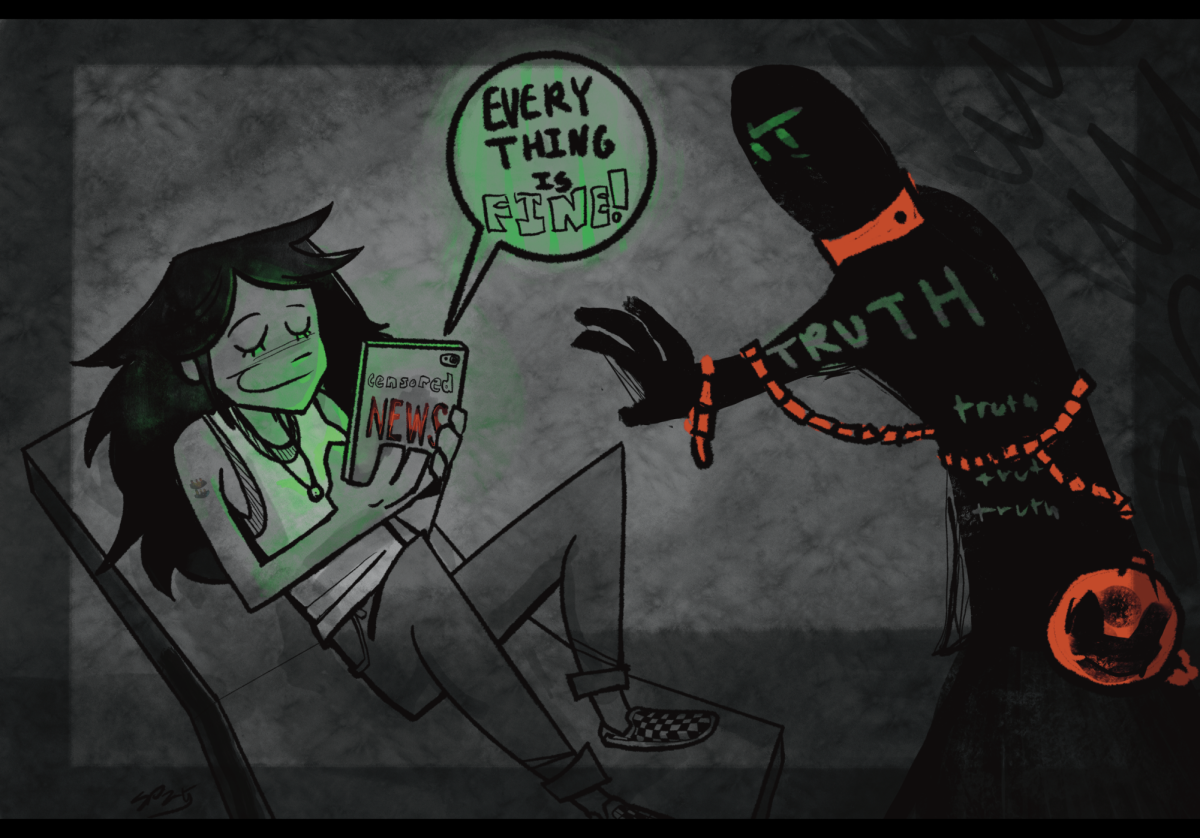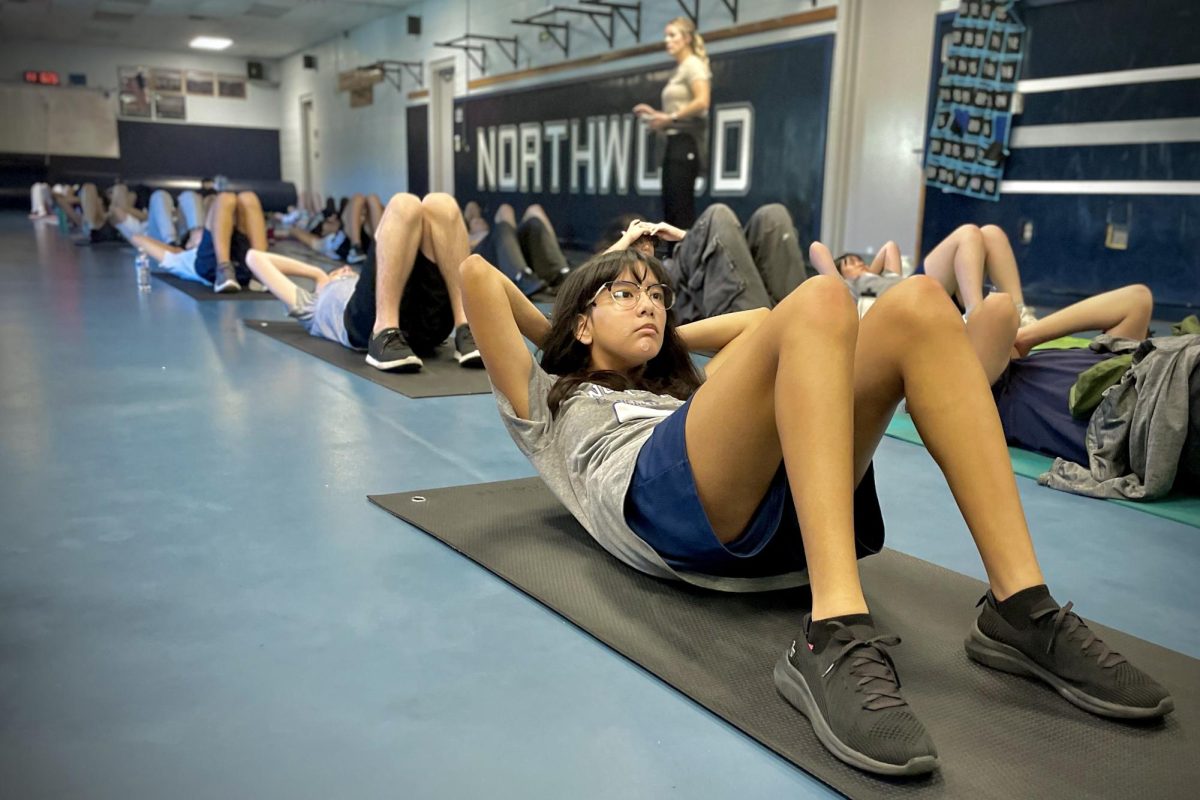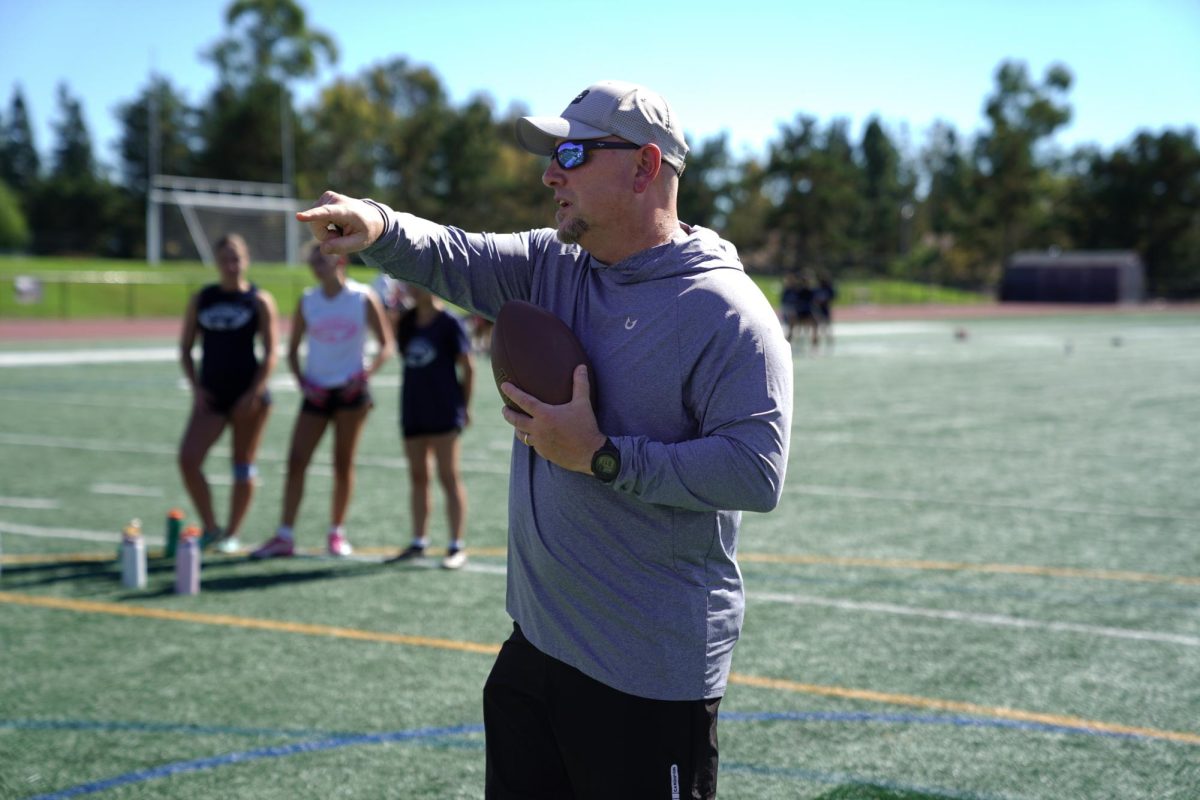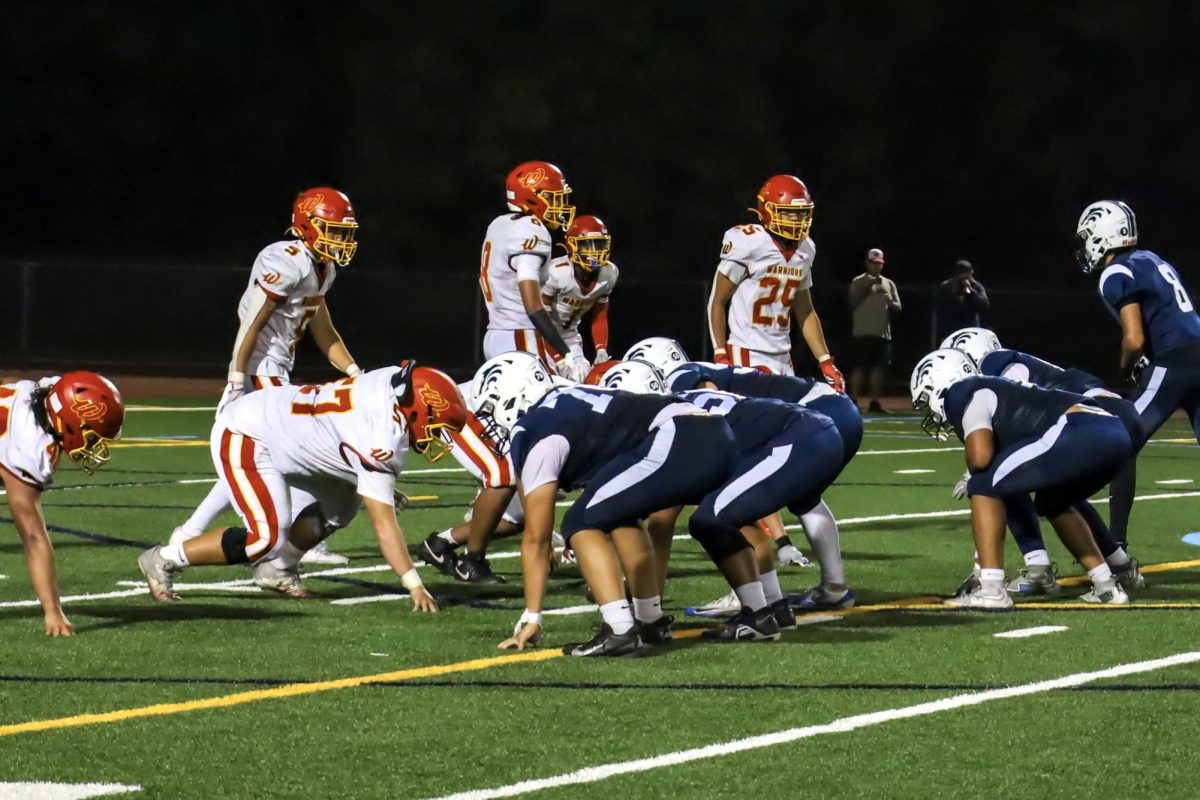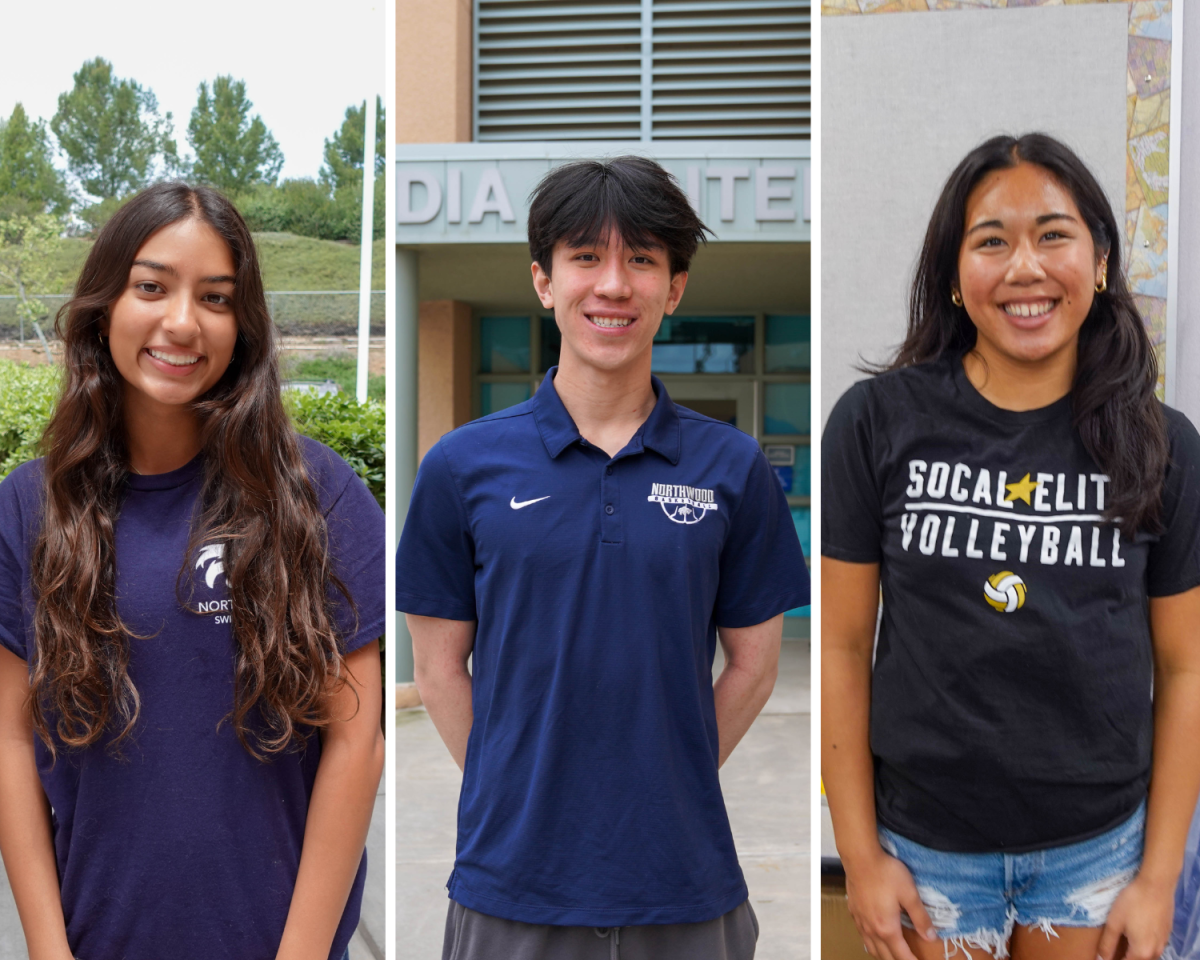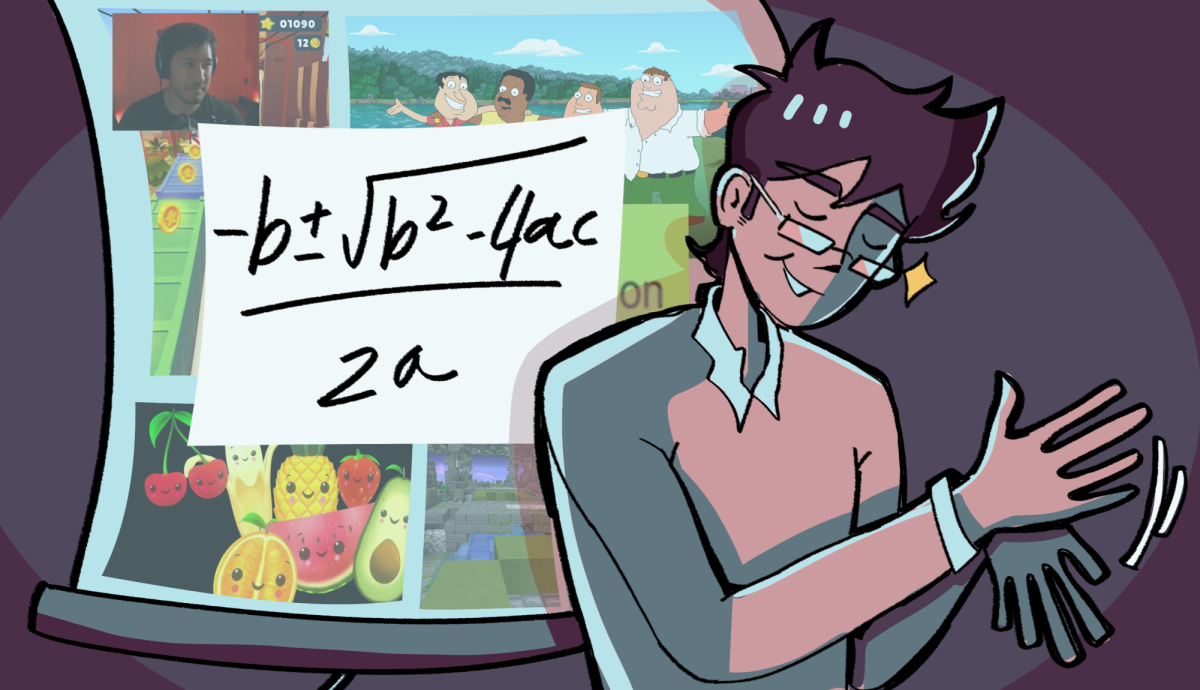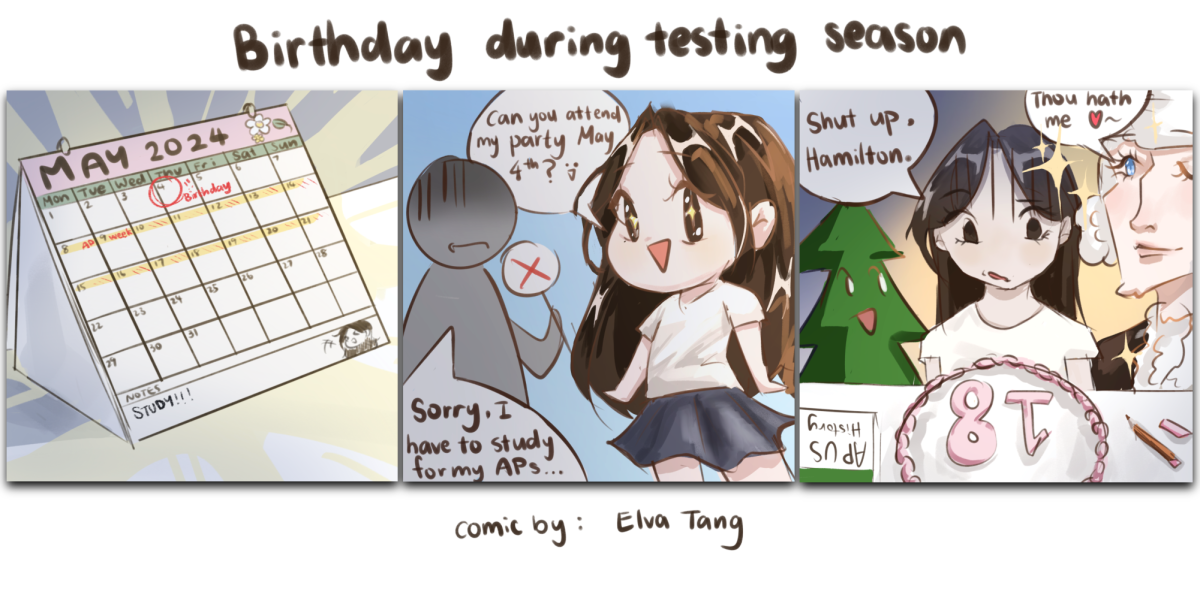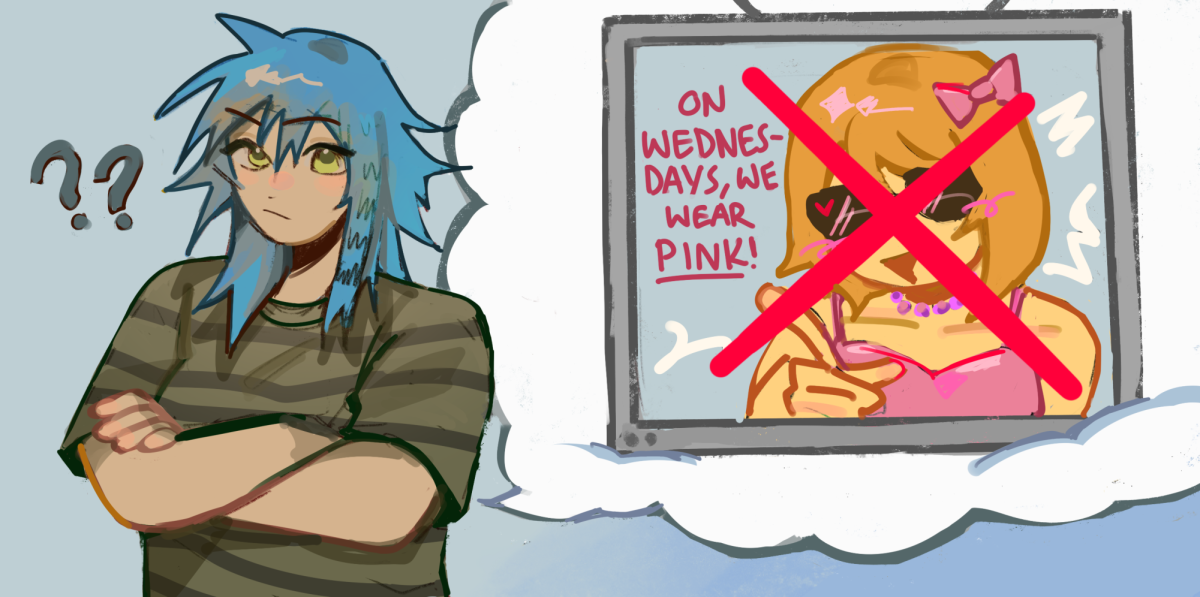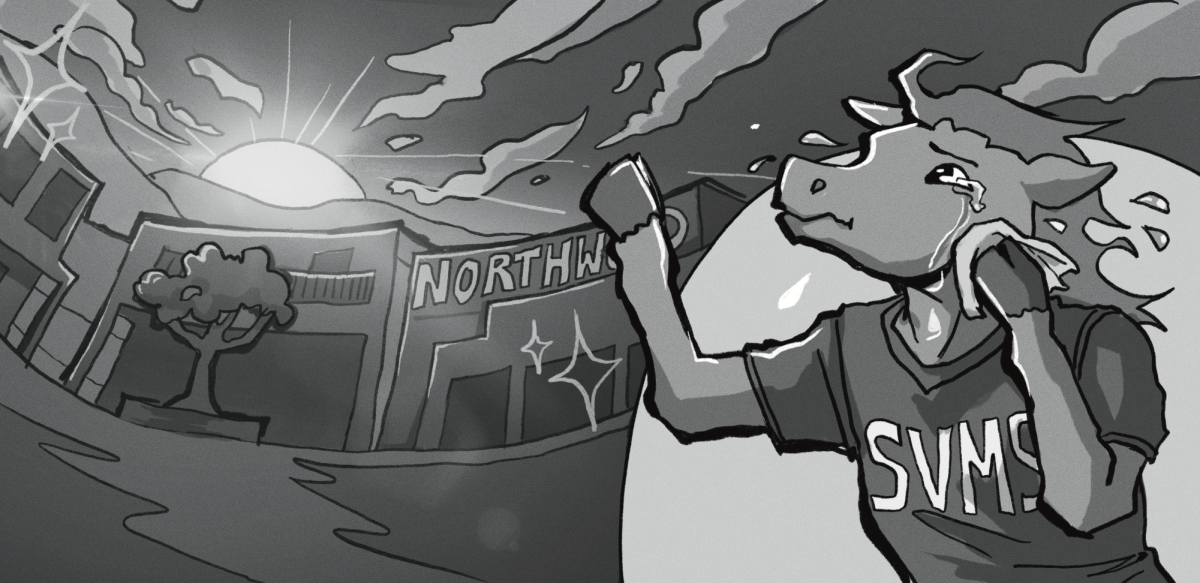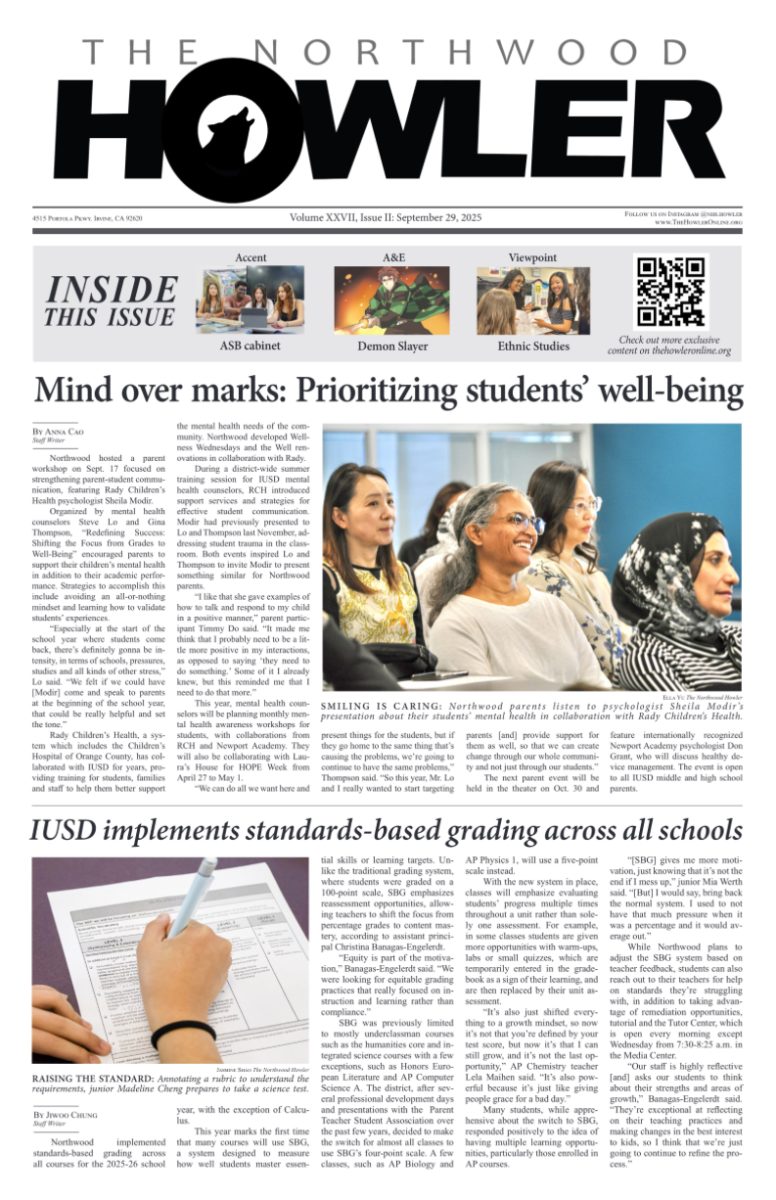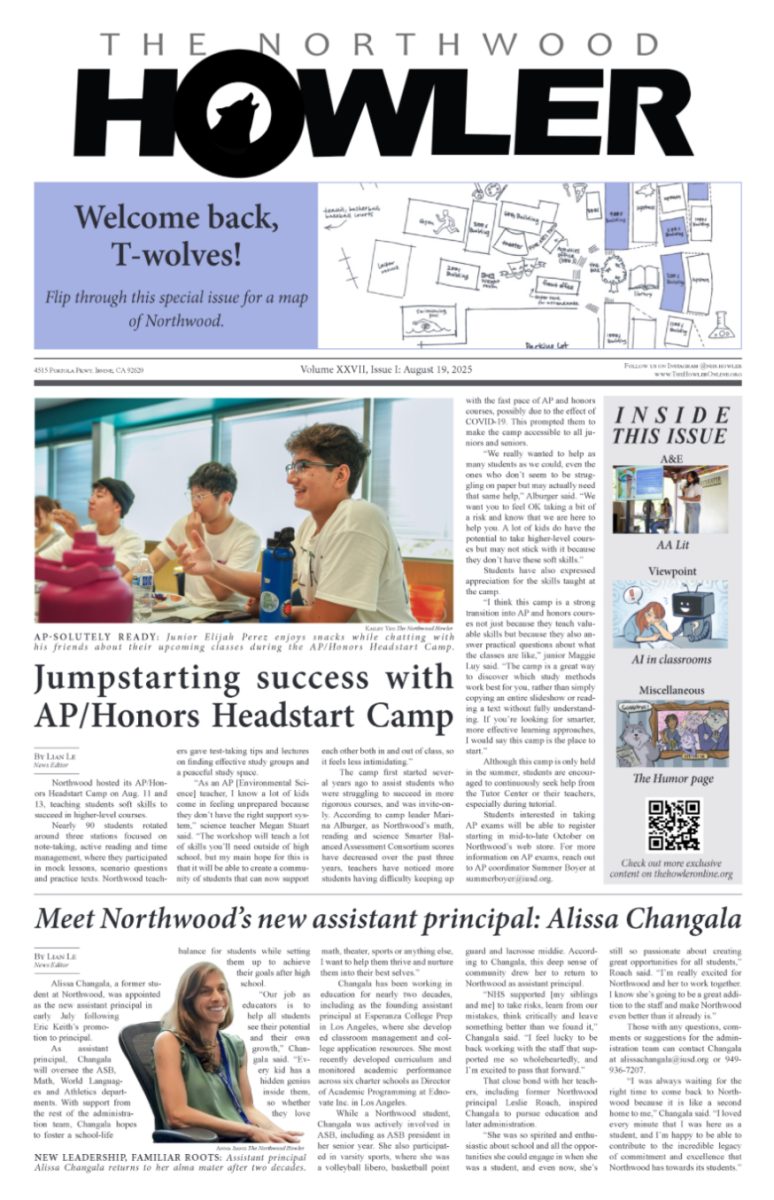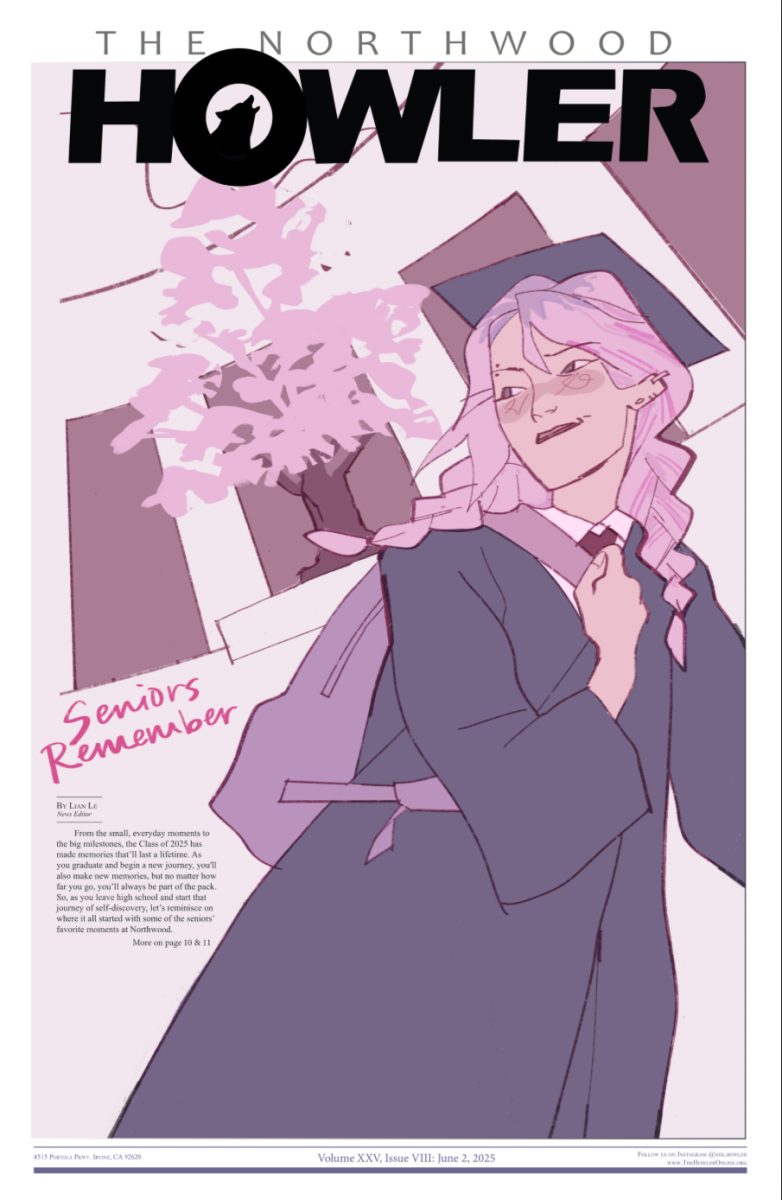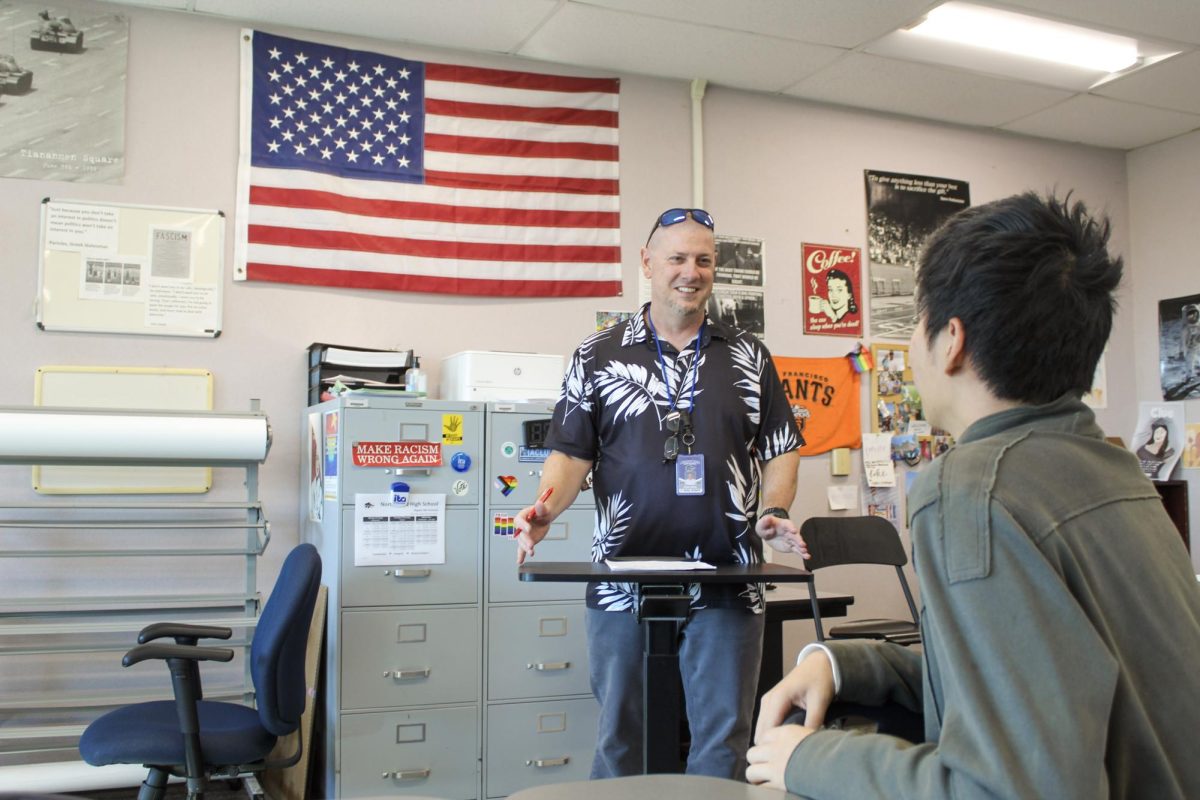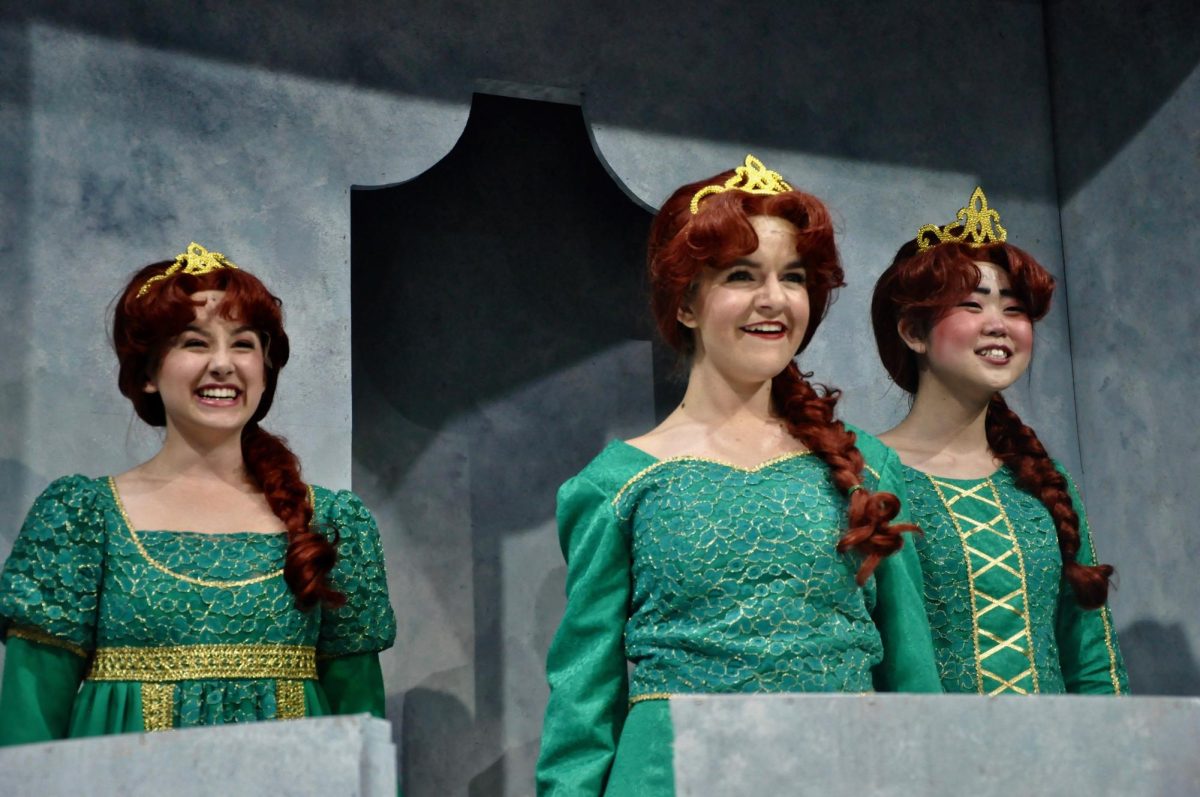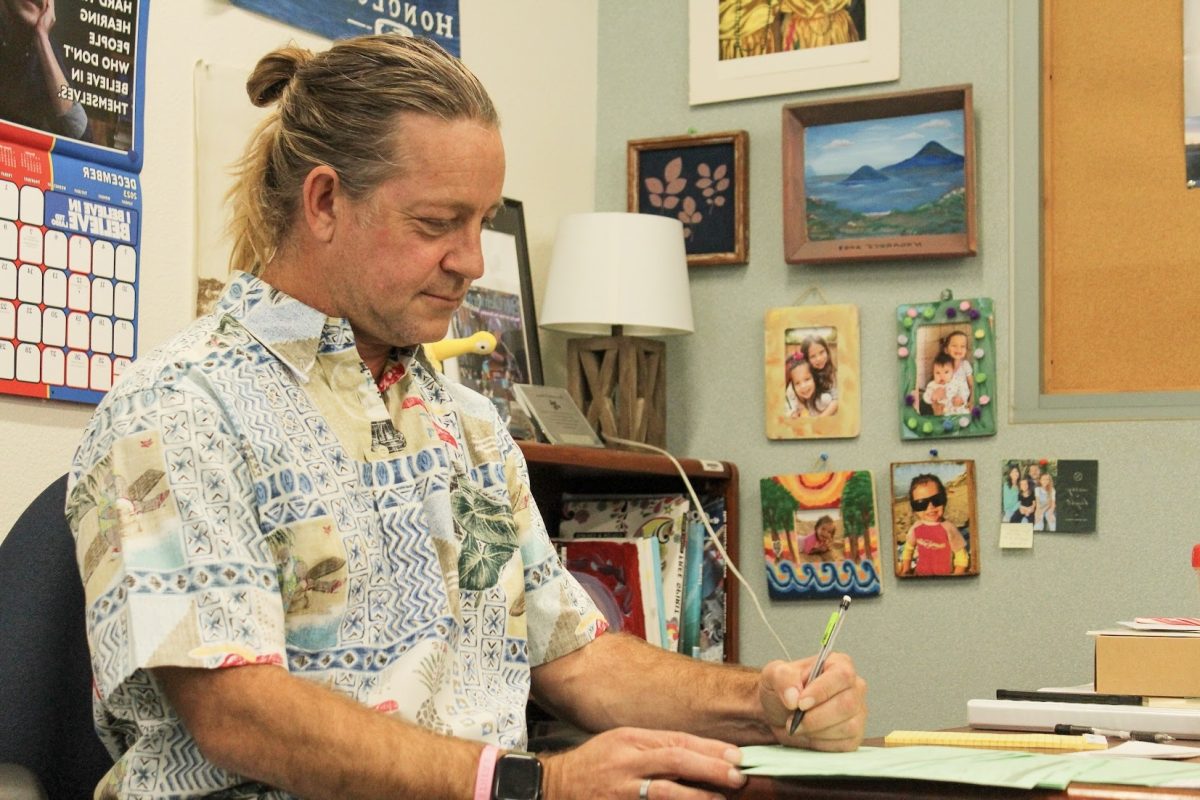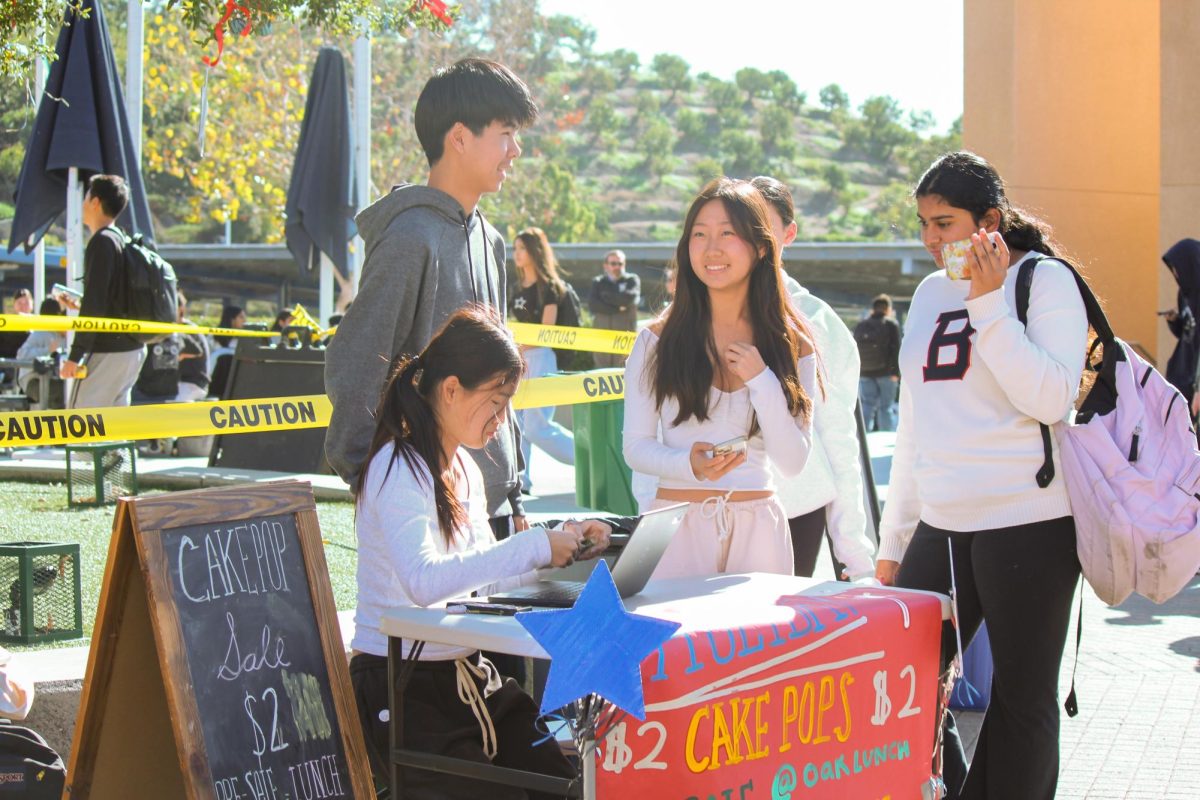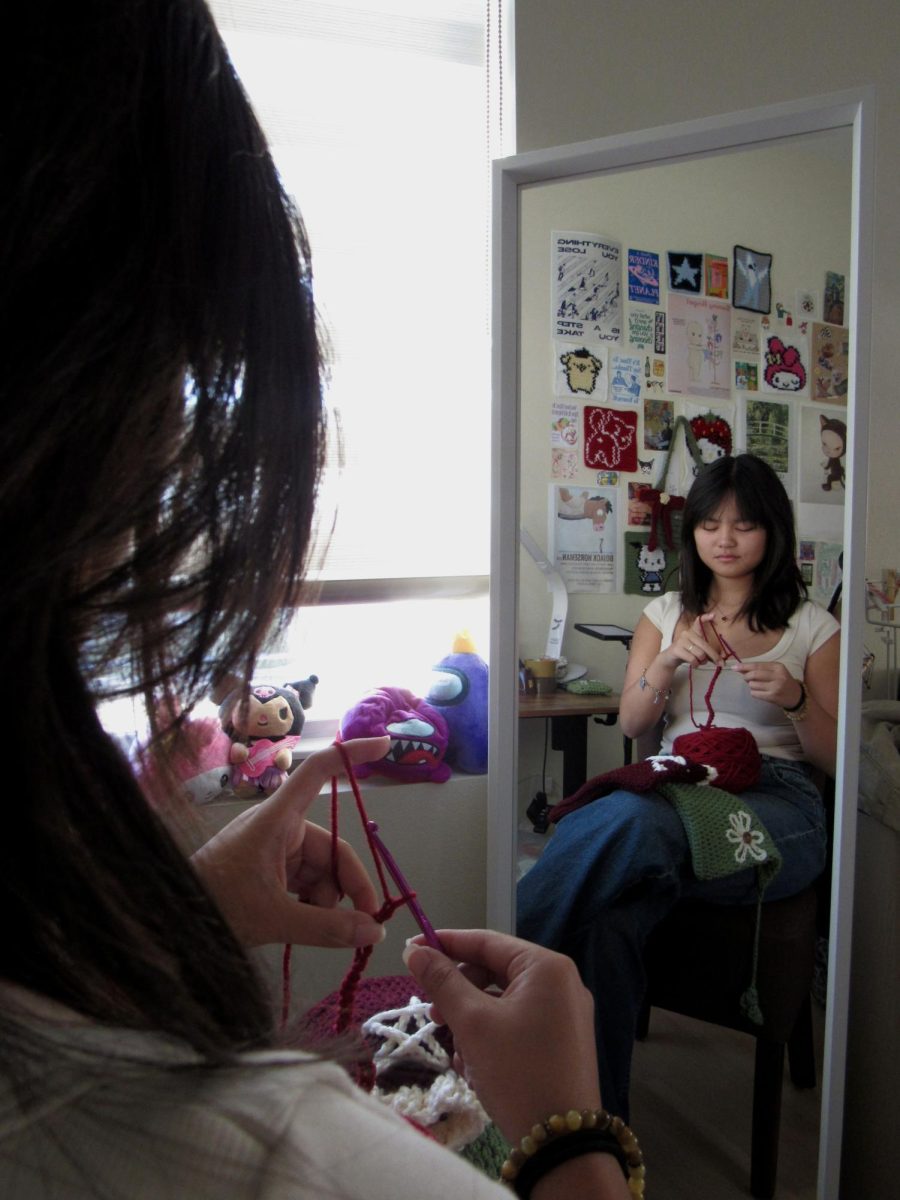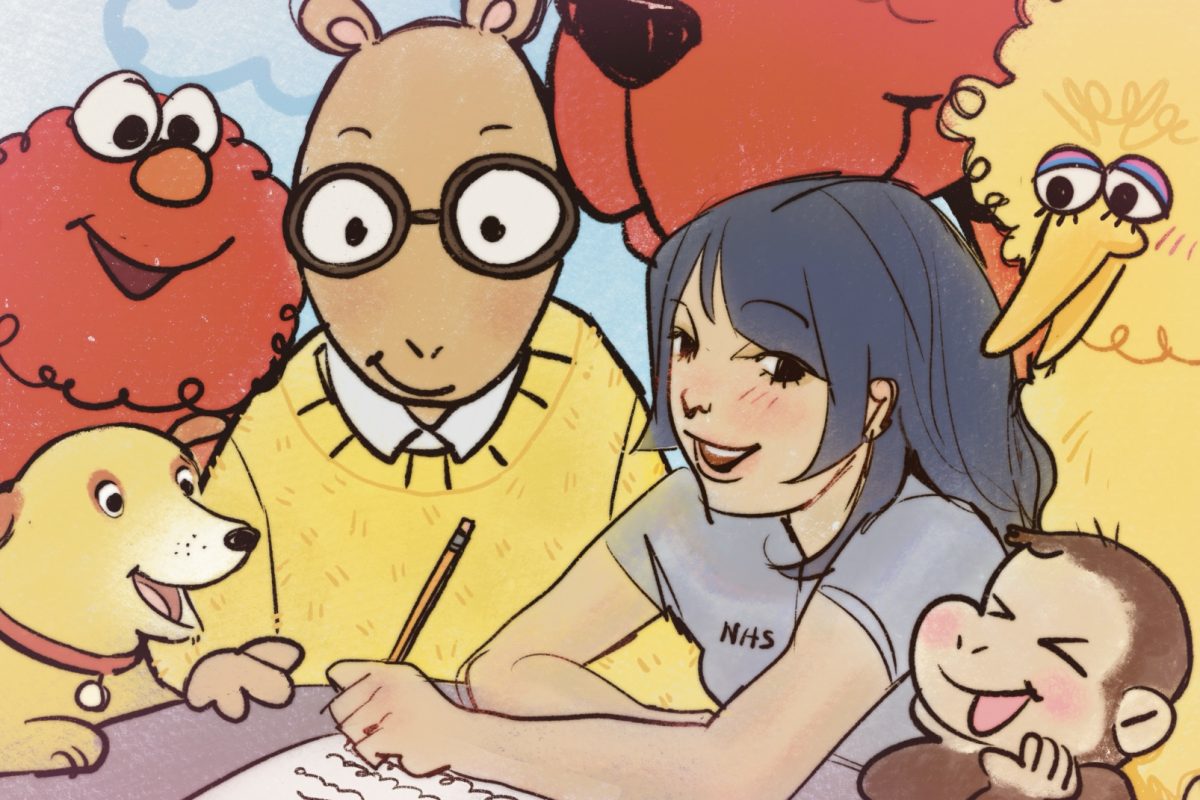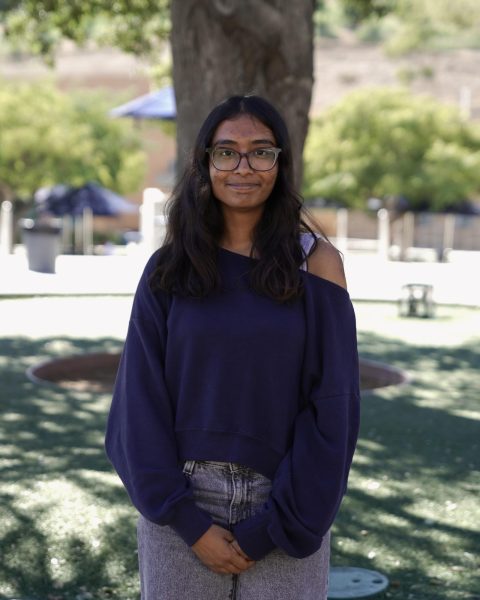When reminiscing about childhood nostalgia, chances are characters like Arthur, Curious George or Clifford the Big Red Dog from PBS come to mind.
However, the loss of federal funding risks the shutdown of PBS Kids and other government-funded networks, representing a threat to accessible education, especially for minorities and low-income families.
President Donald Trump signed a bill to cut funding for the Corporation for Public Broadcasting, including projects such as StoryCorps and the Ready To Learn grant.
Approved on July 18, the bill will also indirectly affect National Public Radio, known for its Tiny Desk Concerts, and PBS. PBS is viewed in 87% of internet-free homes and 56% of low-income homes in the U.S. because it is highly accessible.
At Northwood, immigrant students and children of immigrants have used PBS Kids to support their language development. Senior Angie Lu recalls improving her English speaking ability through the shows.
After learning English from her immigrant parents, Lu had a hard time pronouncing words, which sometimes caused her difficulty with pronunciation. Watching PBS Kids helped improve the clarity of her speaking and allowed her to communicate more effectively.
“In that one show, ‘Martha Speaks,’ the dog eats alphabet soup, and she suddenly gets the ability to speak properly,” Lu said. “And I thought as a kid, if I did that too, I would speak English a little better.”
PBS Kids shows are also integral to minorities and underprivileged communities because they are crafted to instill positive growth in children.
For example, Sesame Street was developed with the help of child psychologists to aid in the social and emotional development of their young viewers.
PBS Kids also provides a safe space for parents to monitor potential dangers of Internet access, but this safety is now at risk. Young children now can also seek out entertainment from social media, which is similarly easily accessible and free but considerably more harmful.
Besides safety risks, these platforms, notably TikTok and Instagram, are crafted to maximize profits by keeping users addicted to their screens, which can cause severe problems such as poor emotional regulation, difficulty socializing and worsened mental health.
The absence of spaces like PBS Kids would replace entertaining, educational shows with content that consistently endangers children’s health.
There has been a decrease in PBS viewership: 58% of American households with TV watched PBS in 2024, compared to 86% of all American households with TVs in 2015. This may be due to modern streaming services’ cheap prices, compared to the cable television our student body grew up with.
This should not be taken as a sign that PBS is unimportant now, because PBS Kids being government funded impacts its motives and goals. Because its shows are free to watch, PBS can focus on creating content not for profit, but to promote educational content. Today, when commercialization and convenience are prioritized over education, free channels like PBS Kids are even important in supporting children’s learning.
Fortunately, there are other platforms that can provide educational content designed for kids—Happykids, Sensical TV and YouTube Kids are all free alternatives.
Nevertheless, threats to government educational programs devalue accessible education, especially when families have depended on it for decades. Children today deserve the same opportunities we had to learn from channels that are genuinely interested in serving them.

